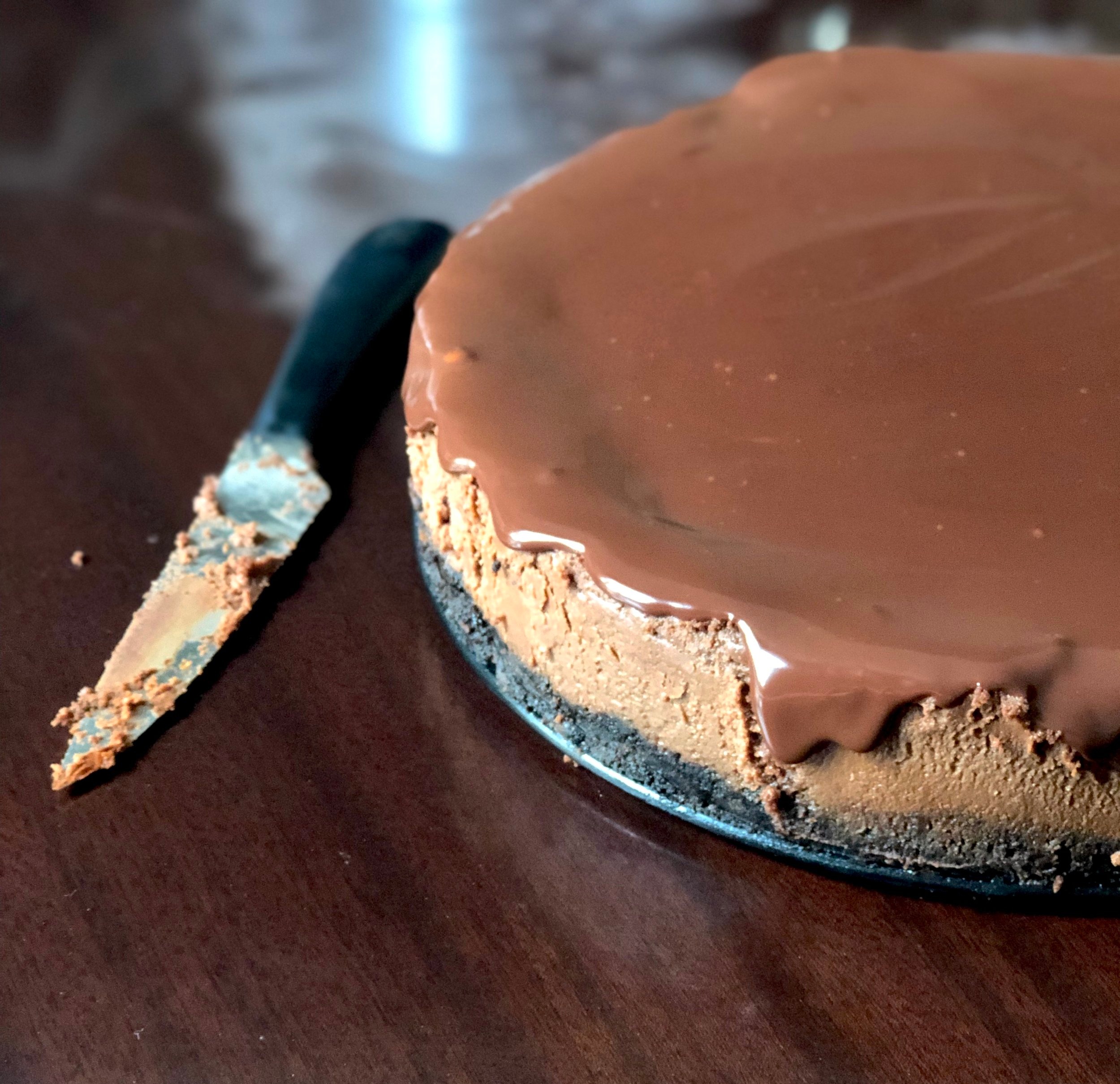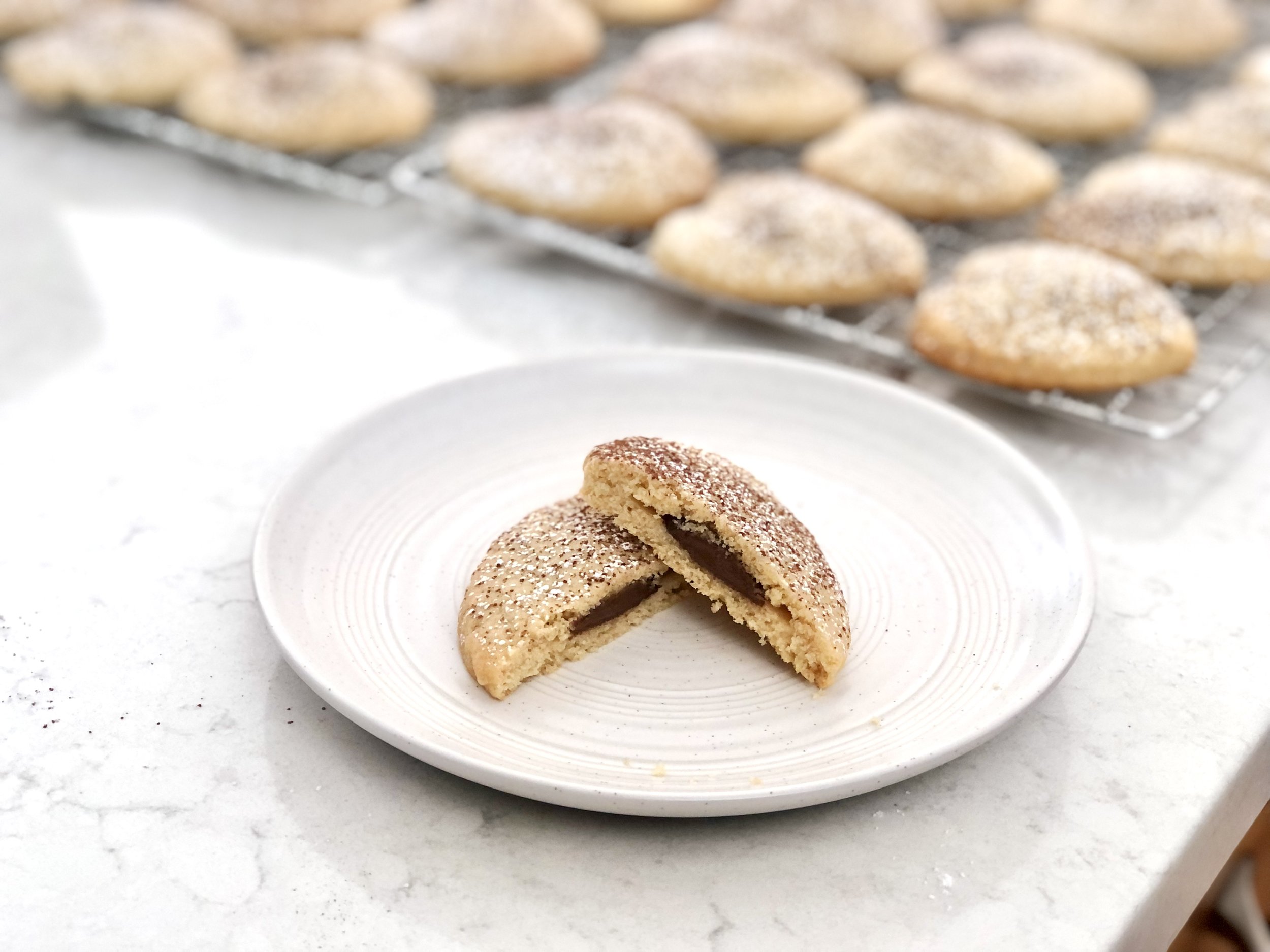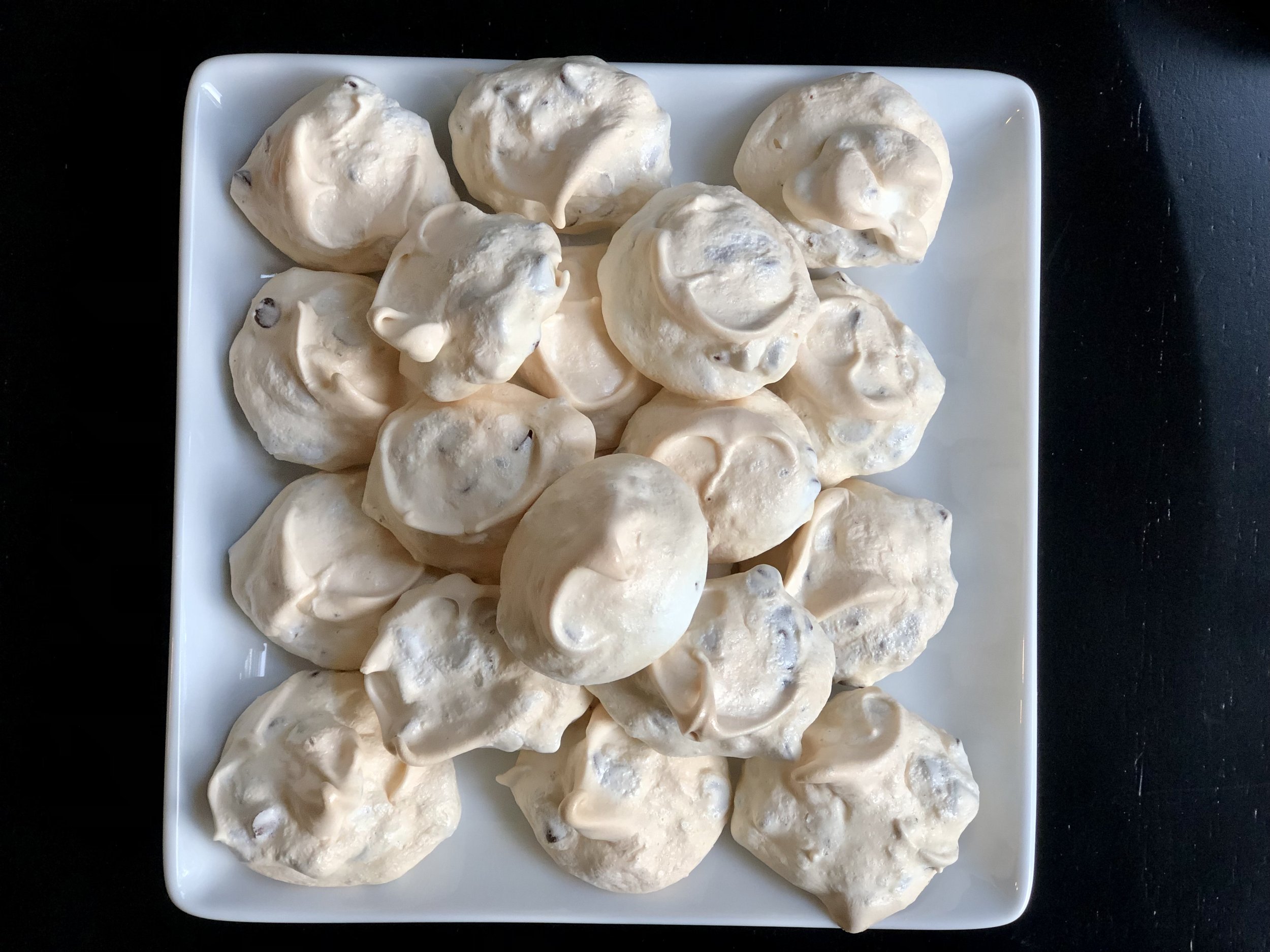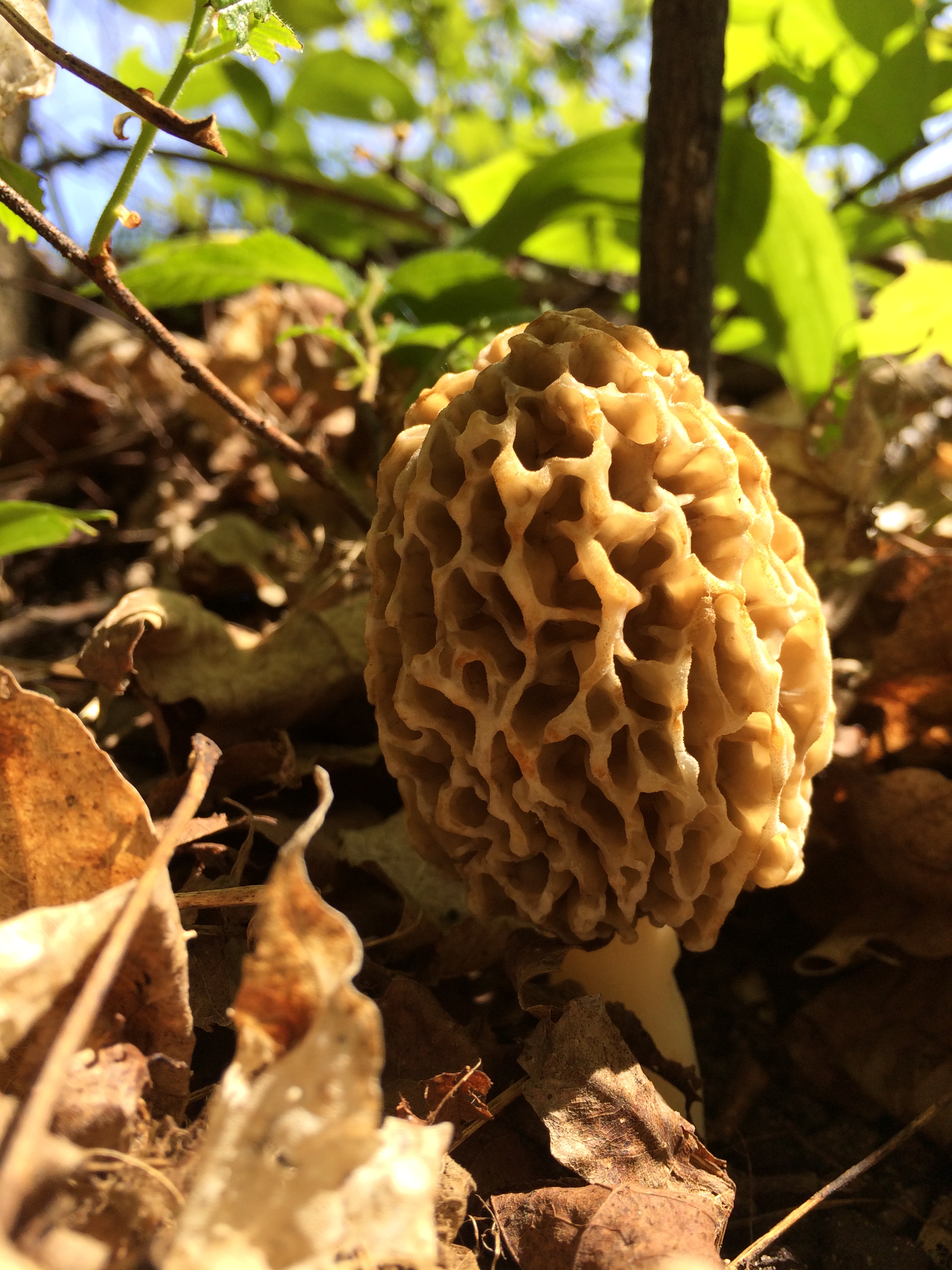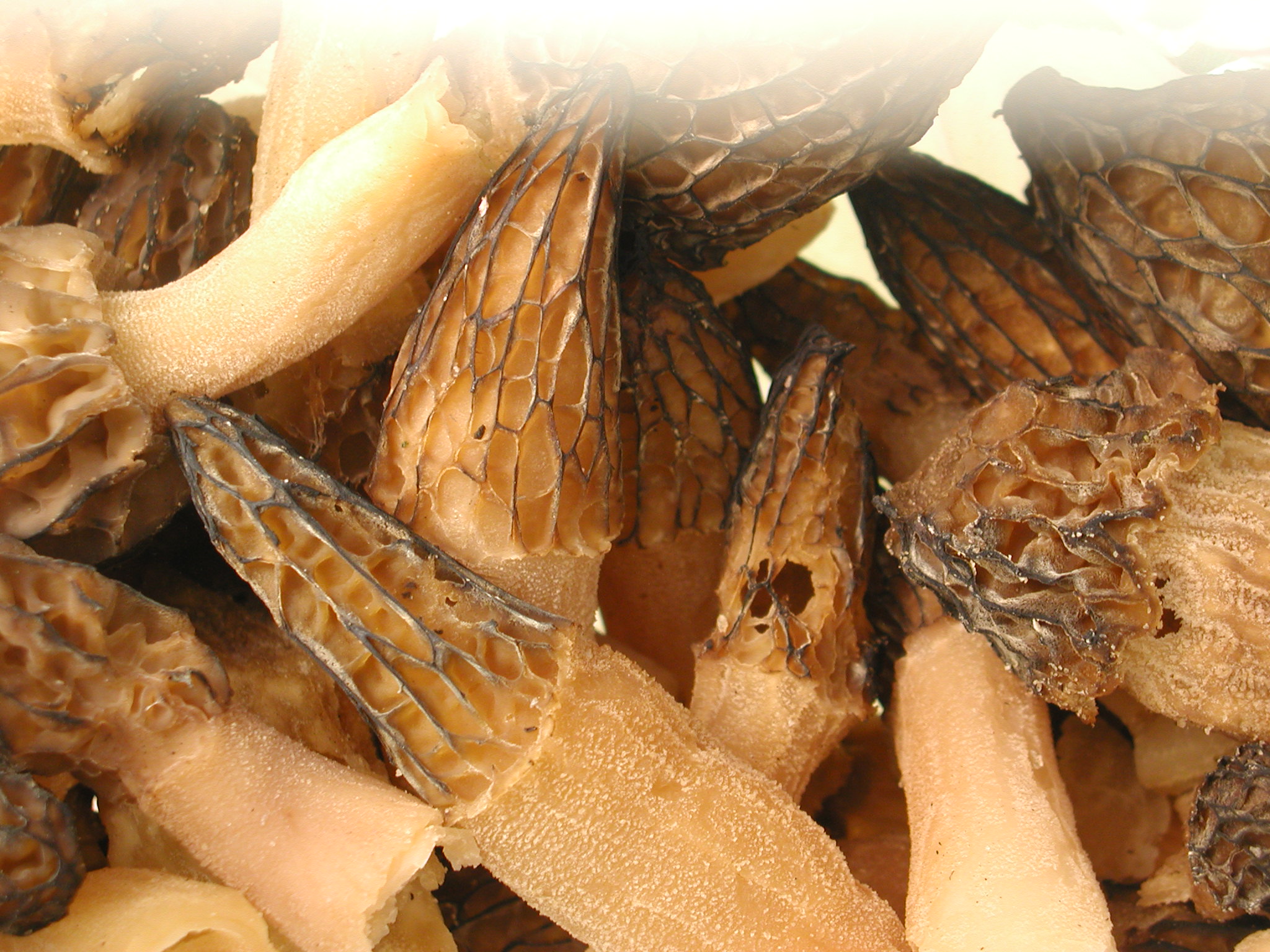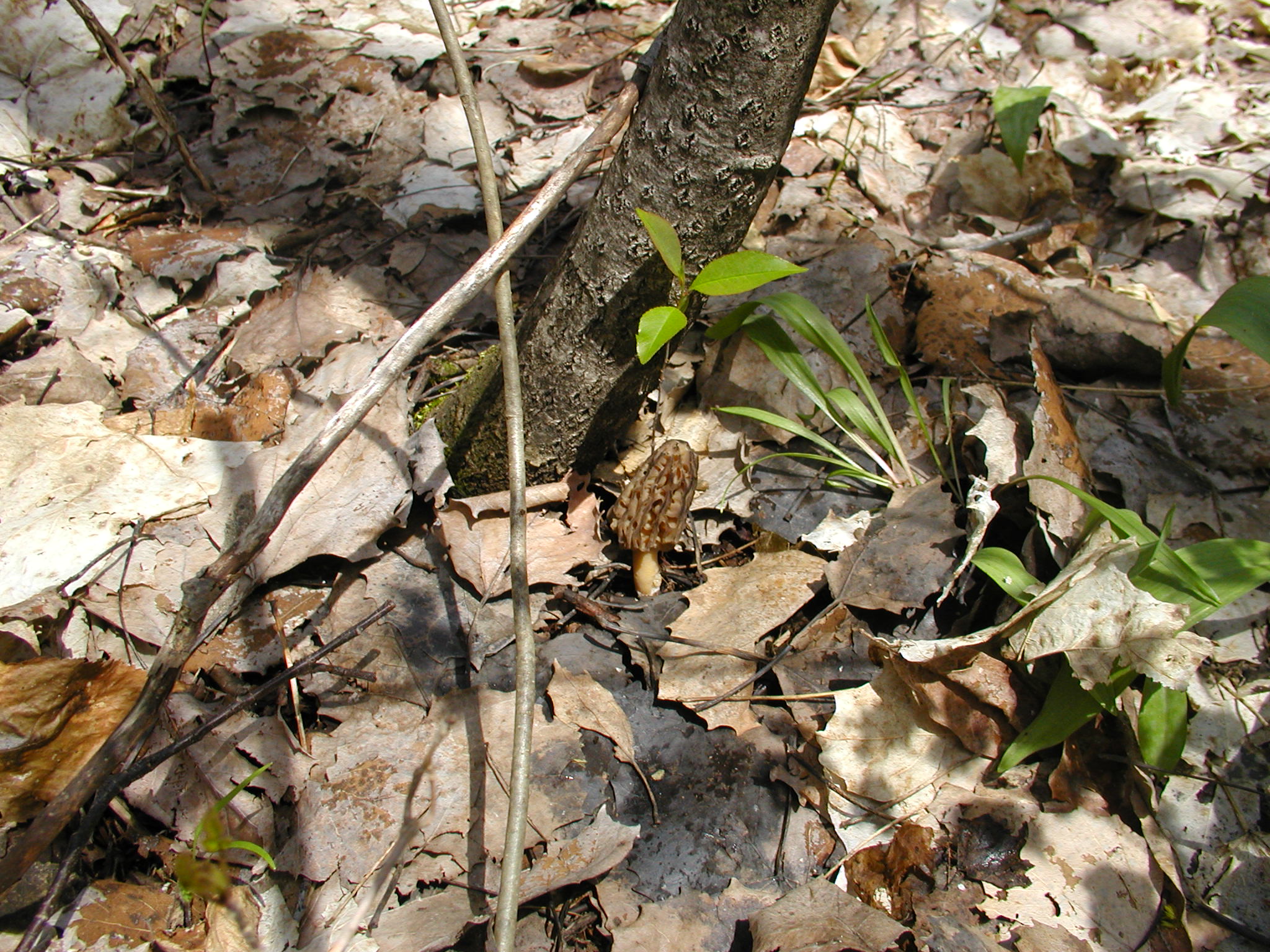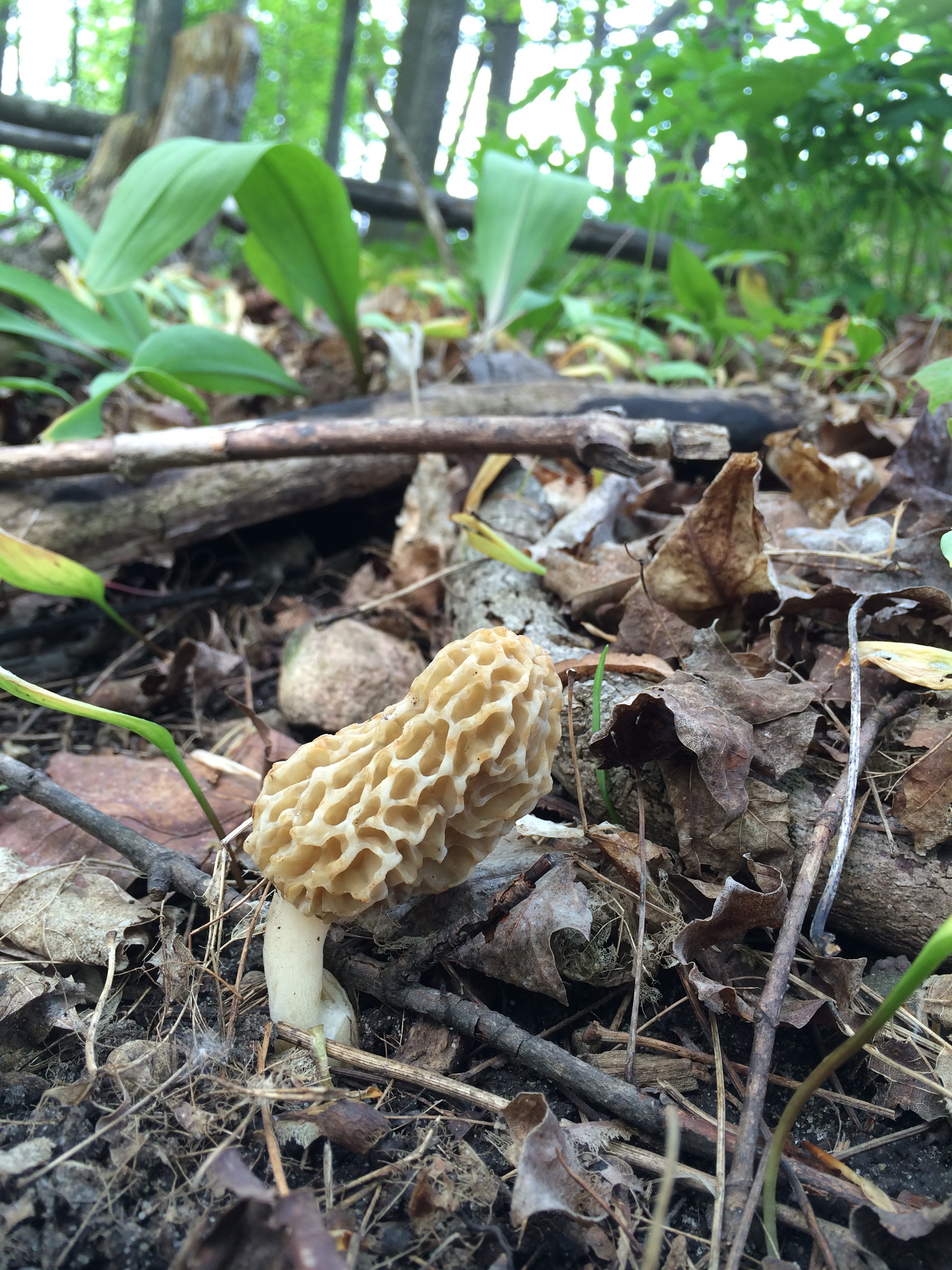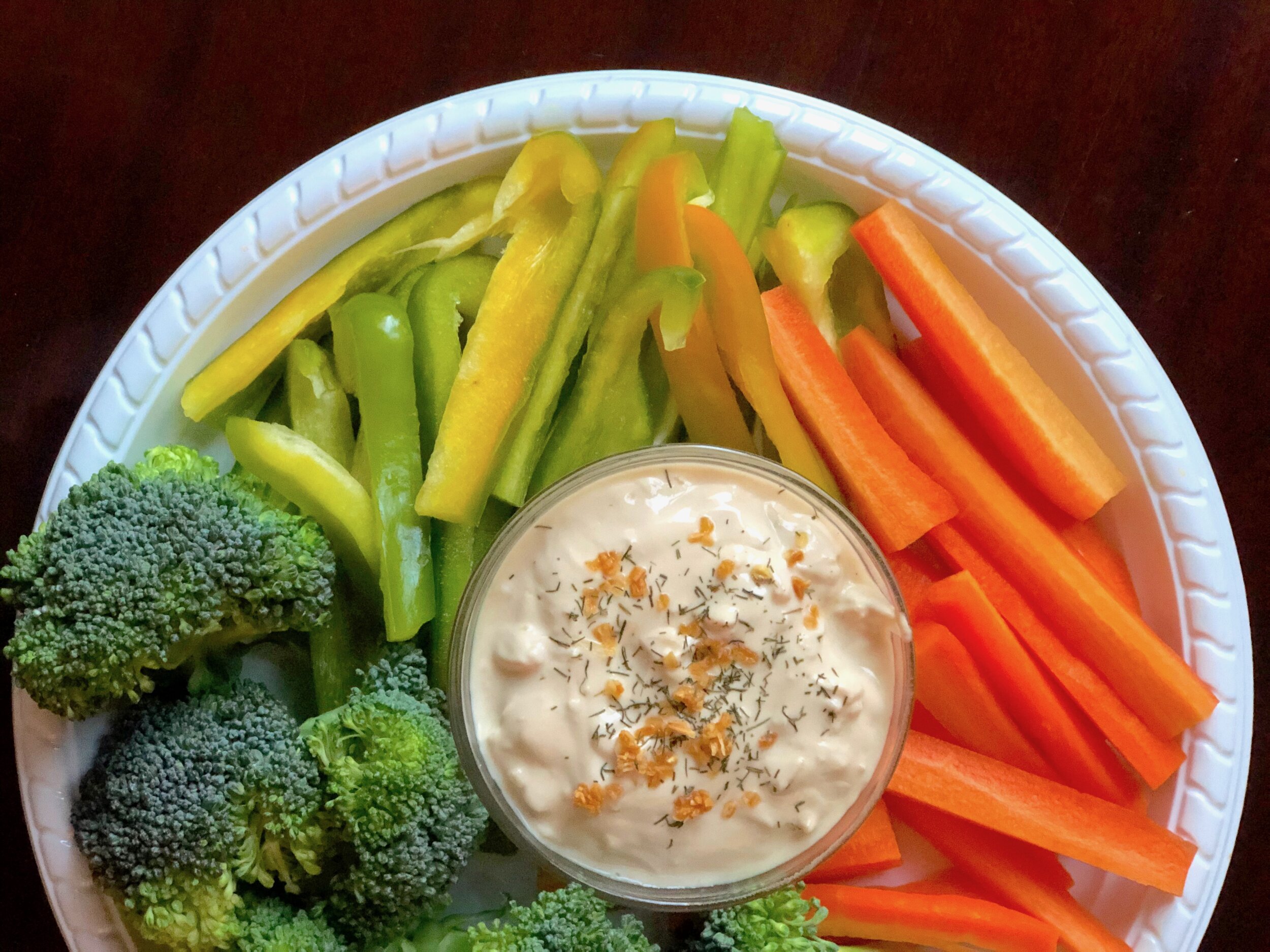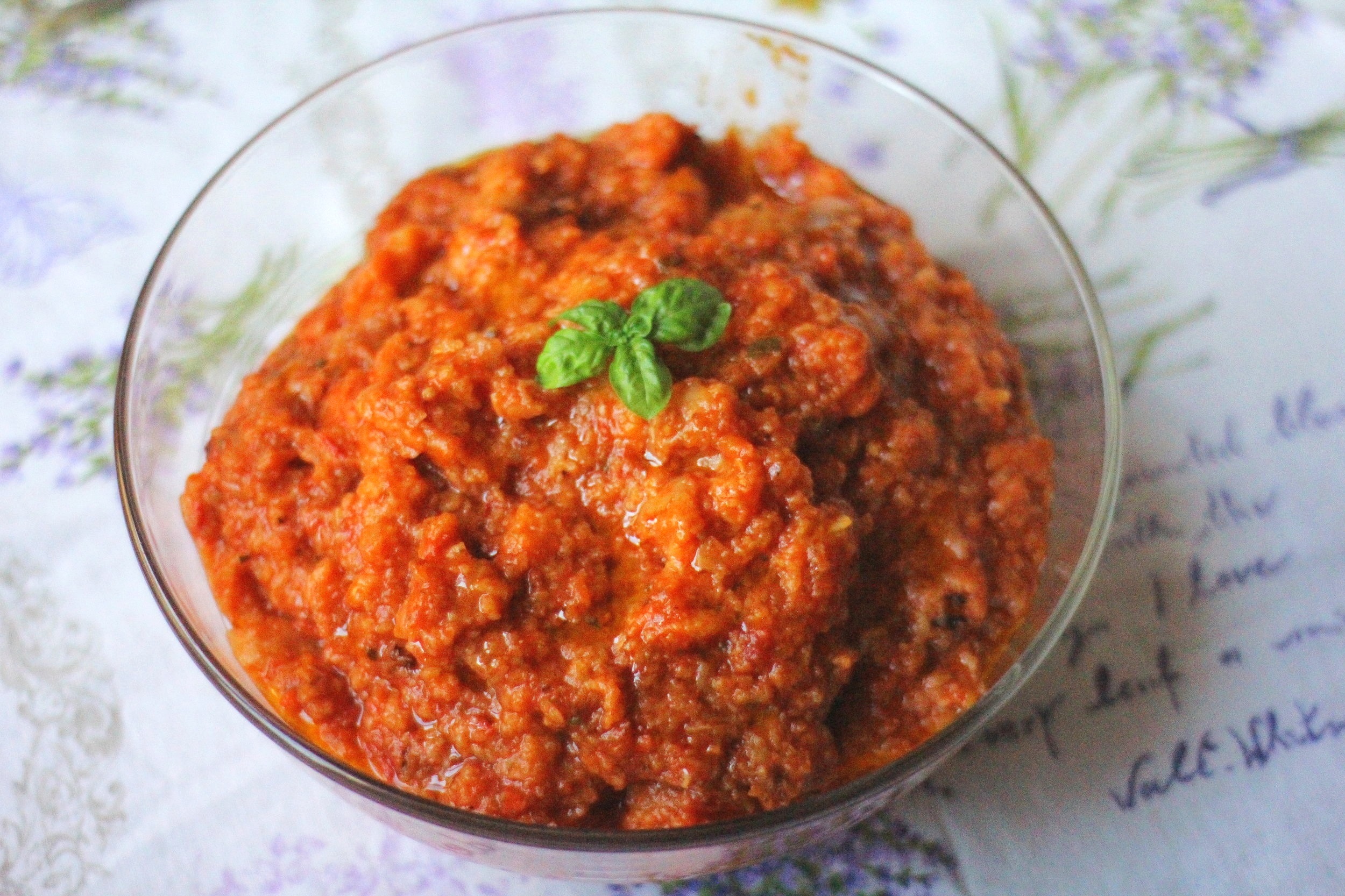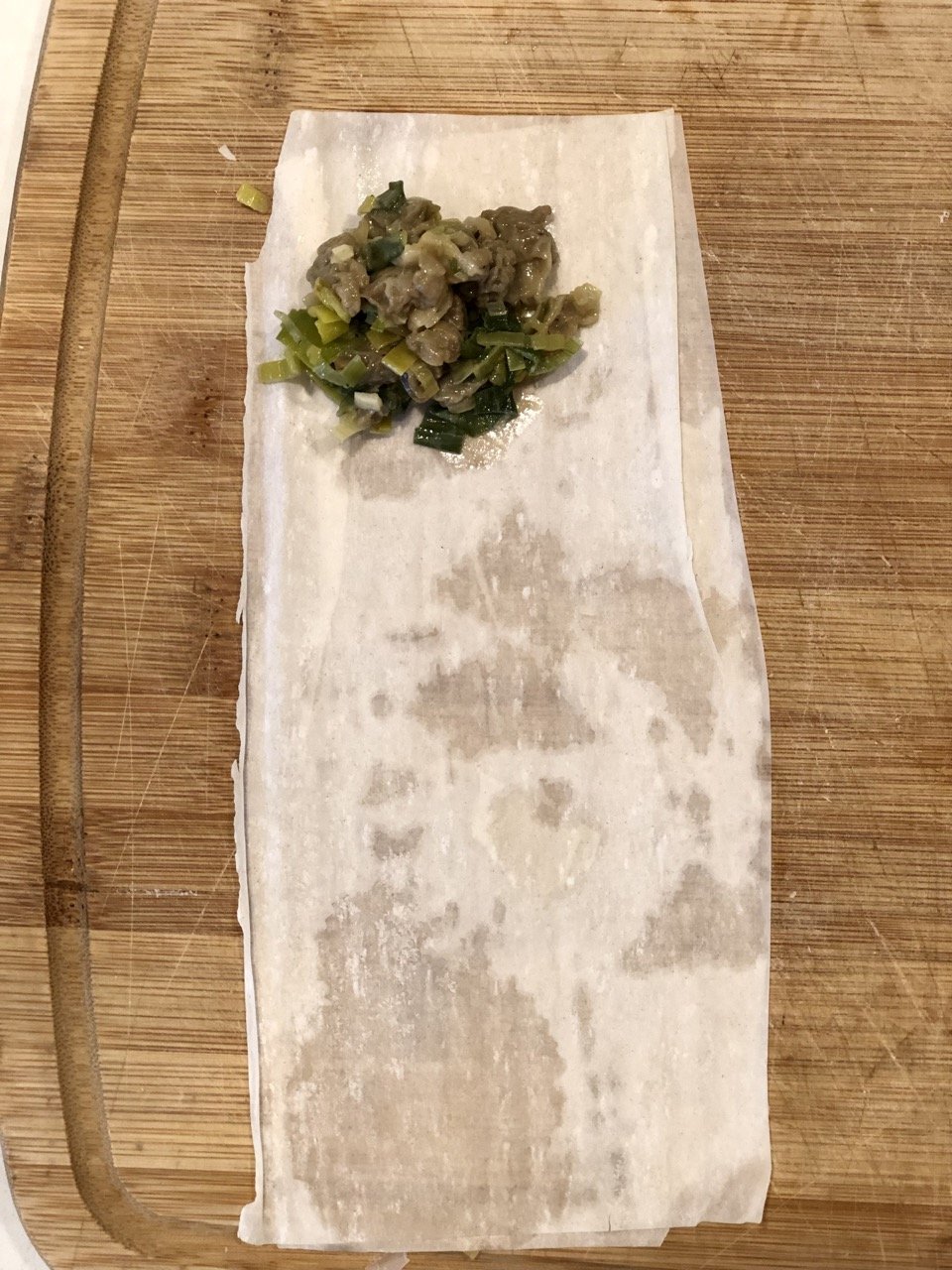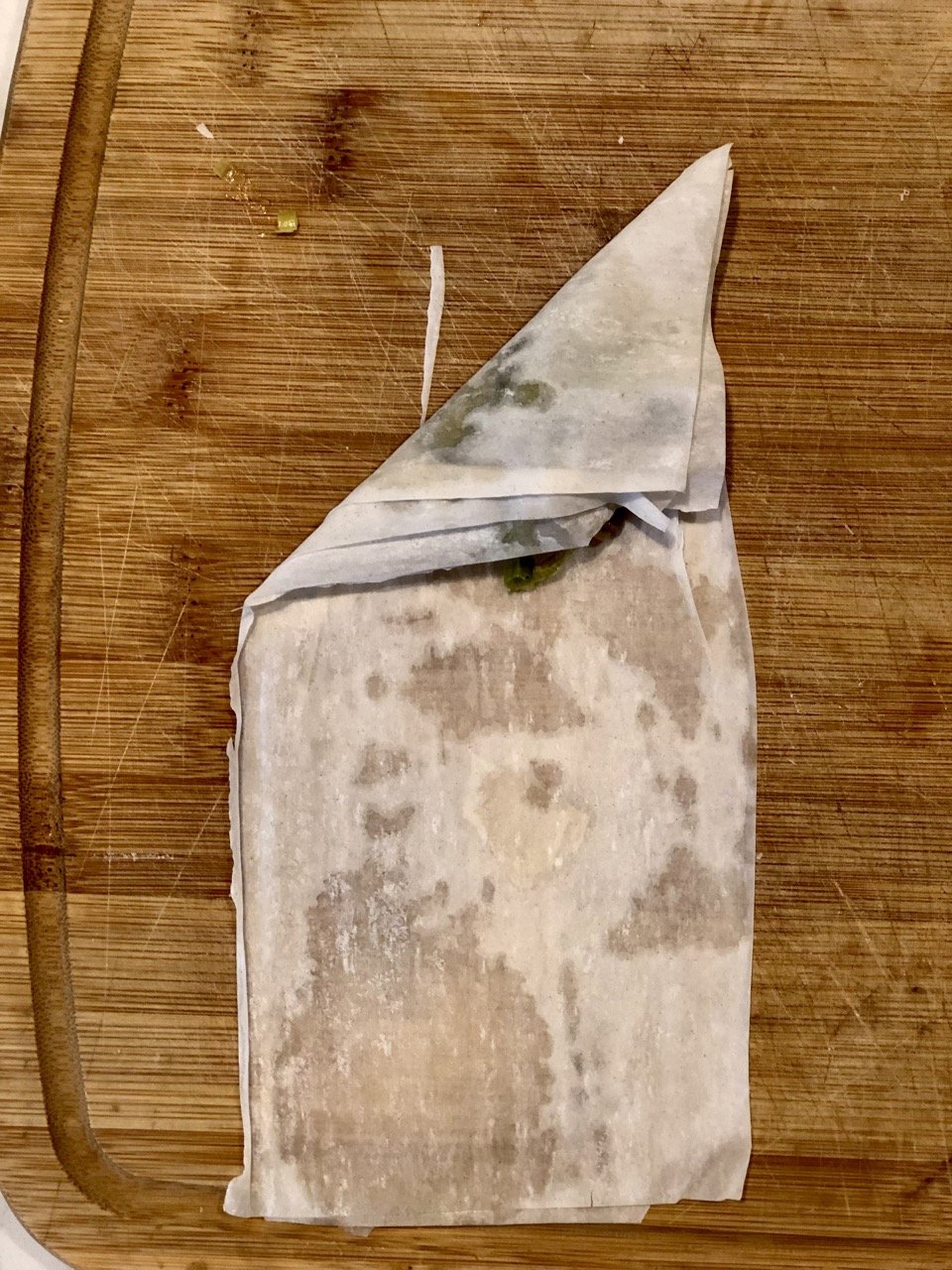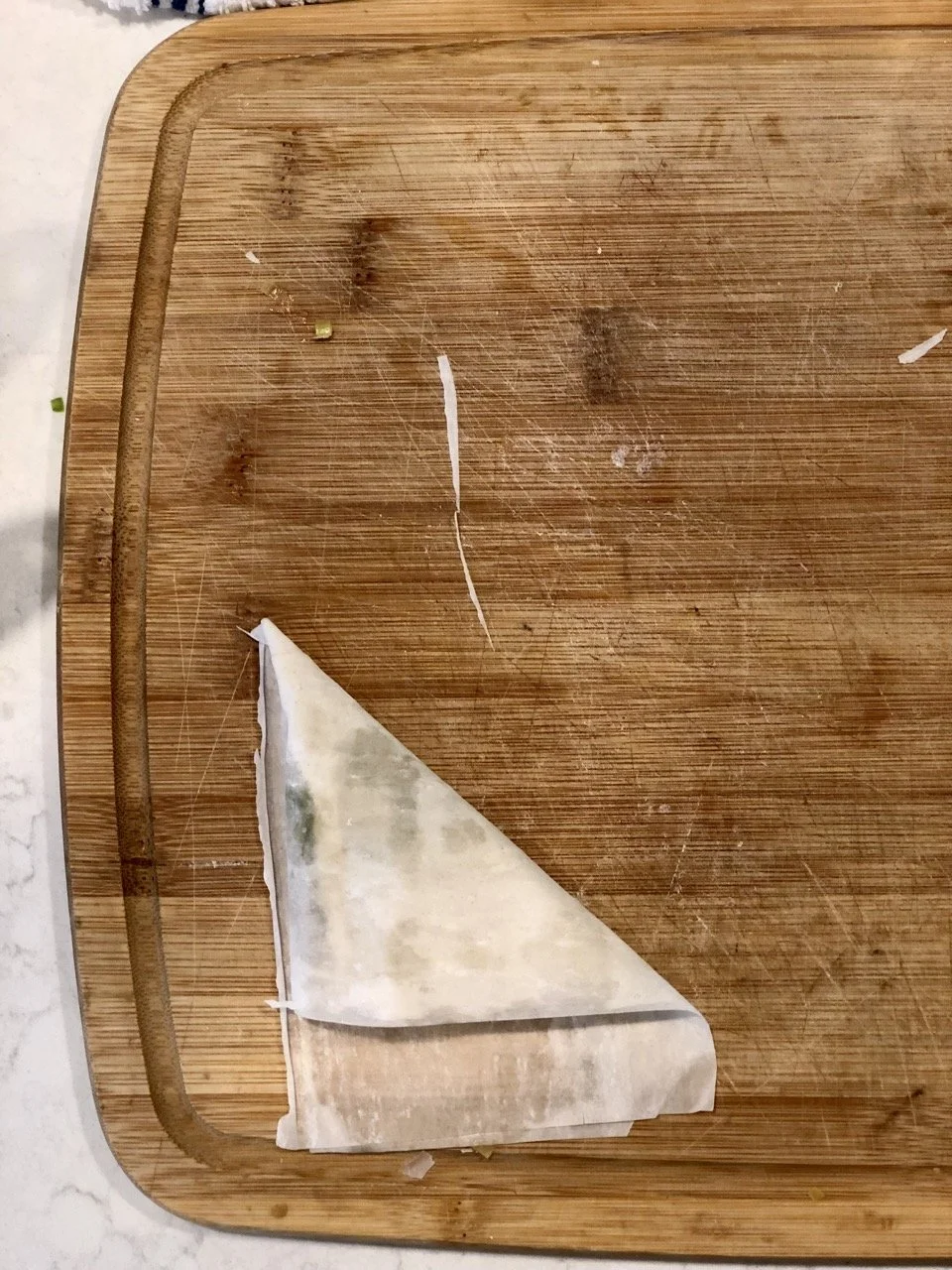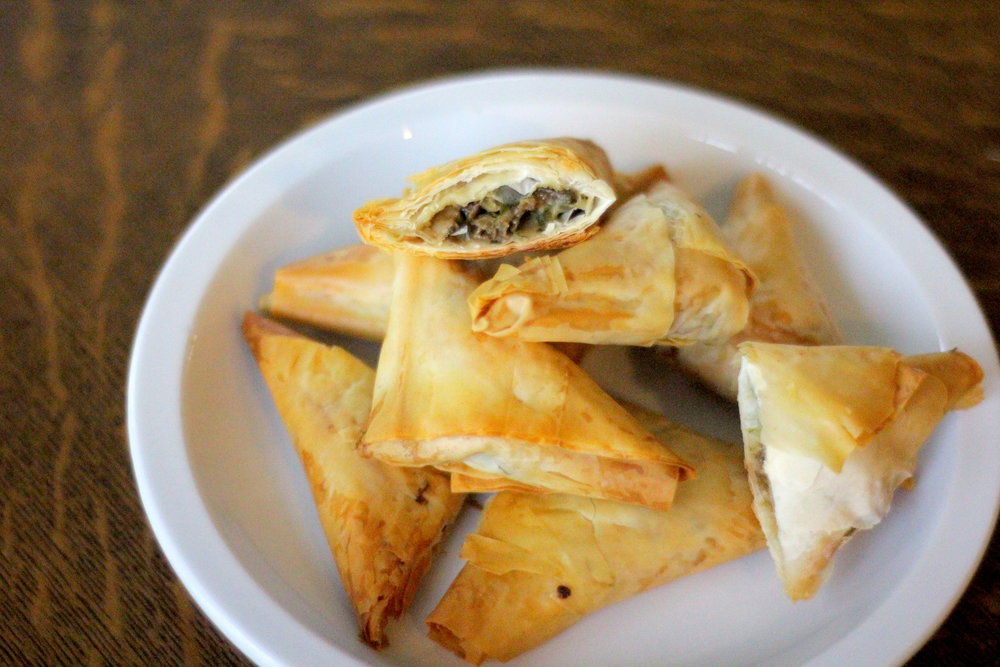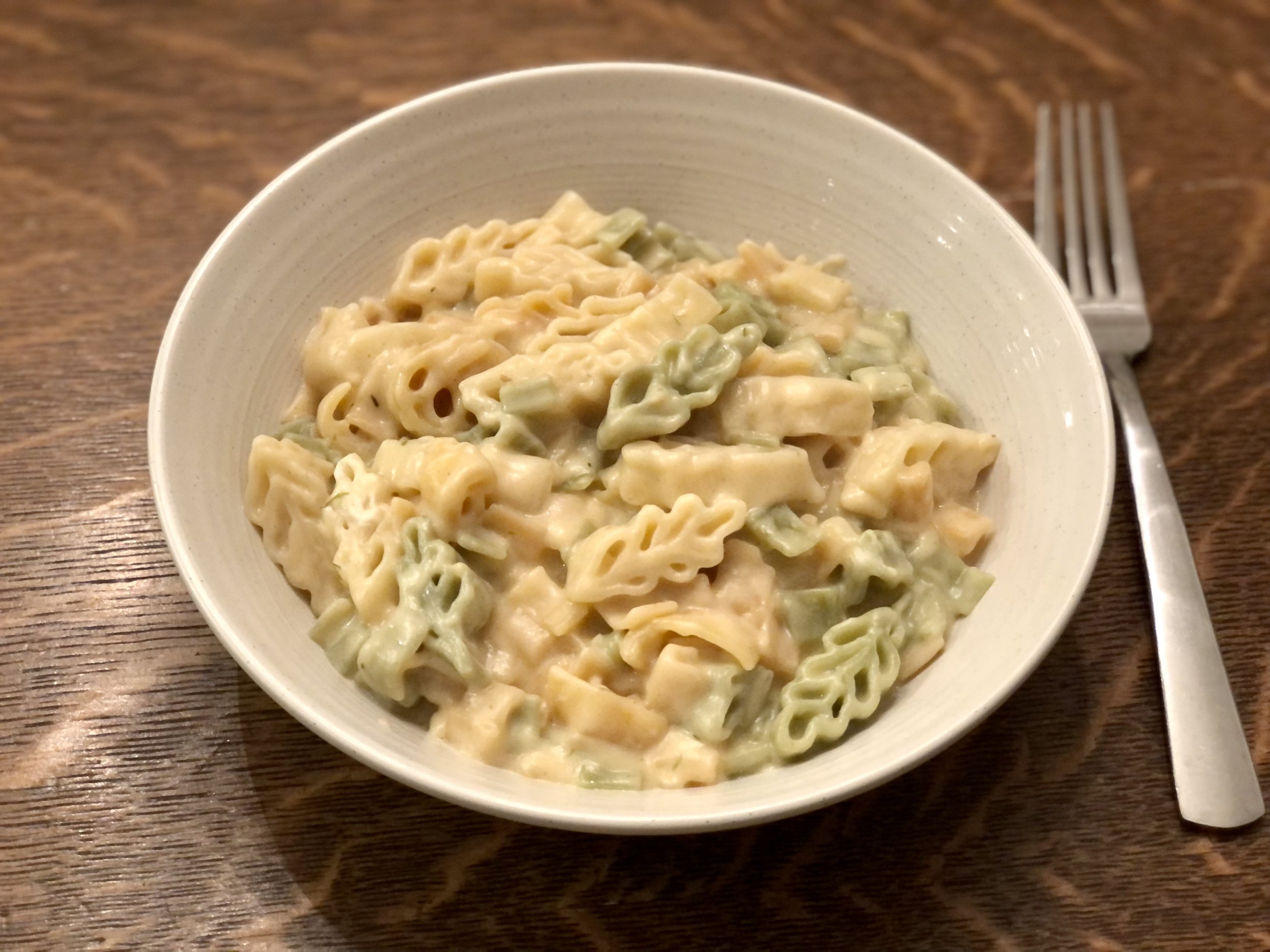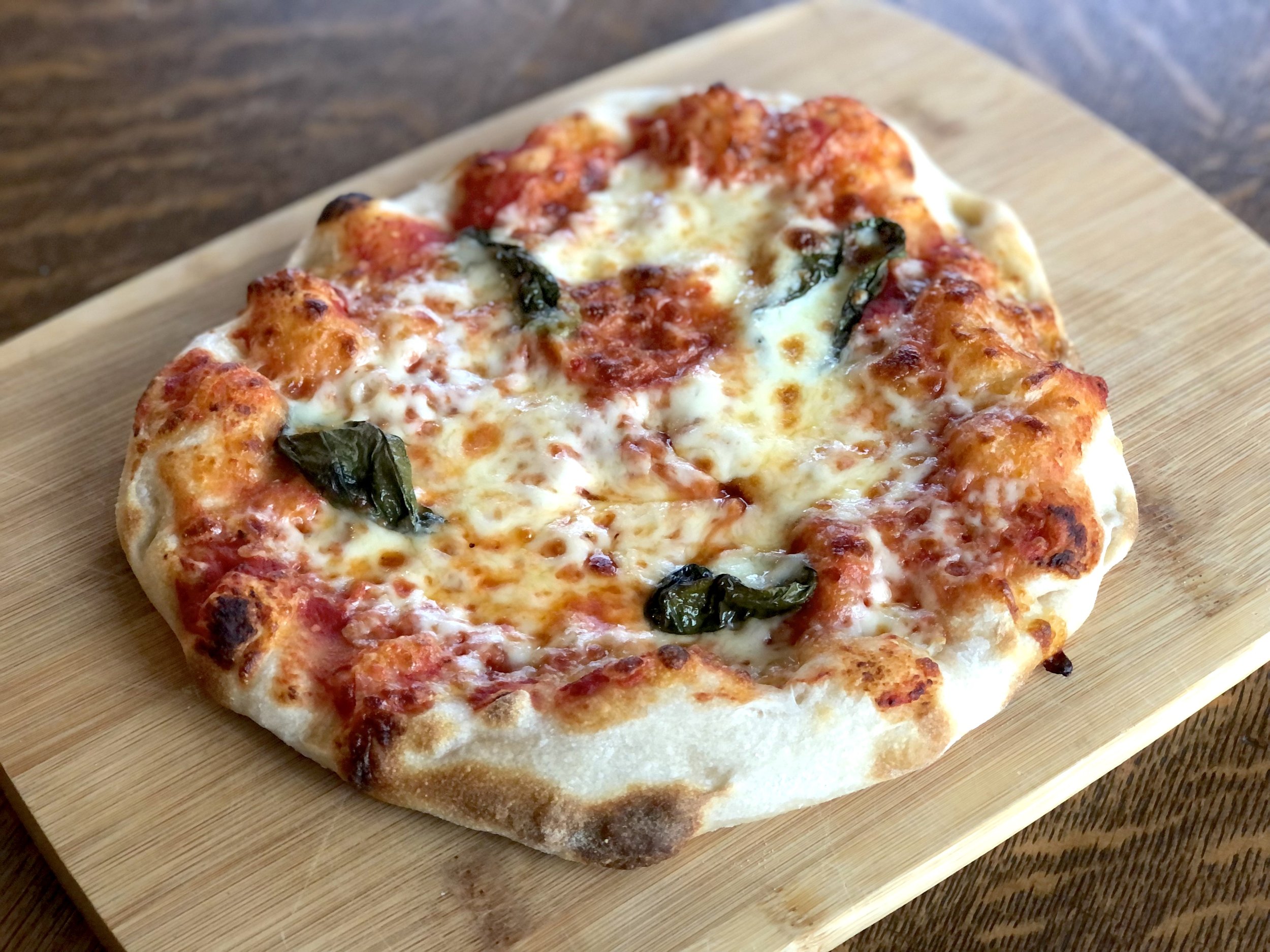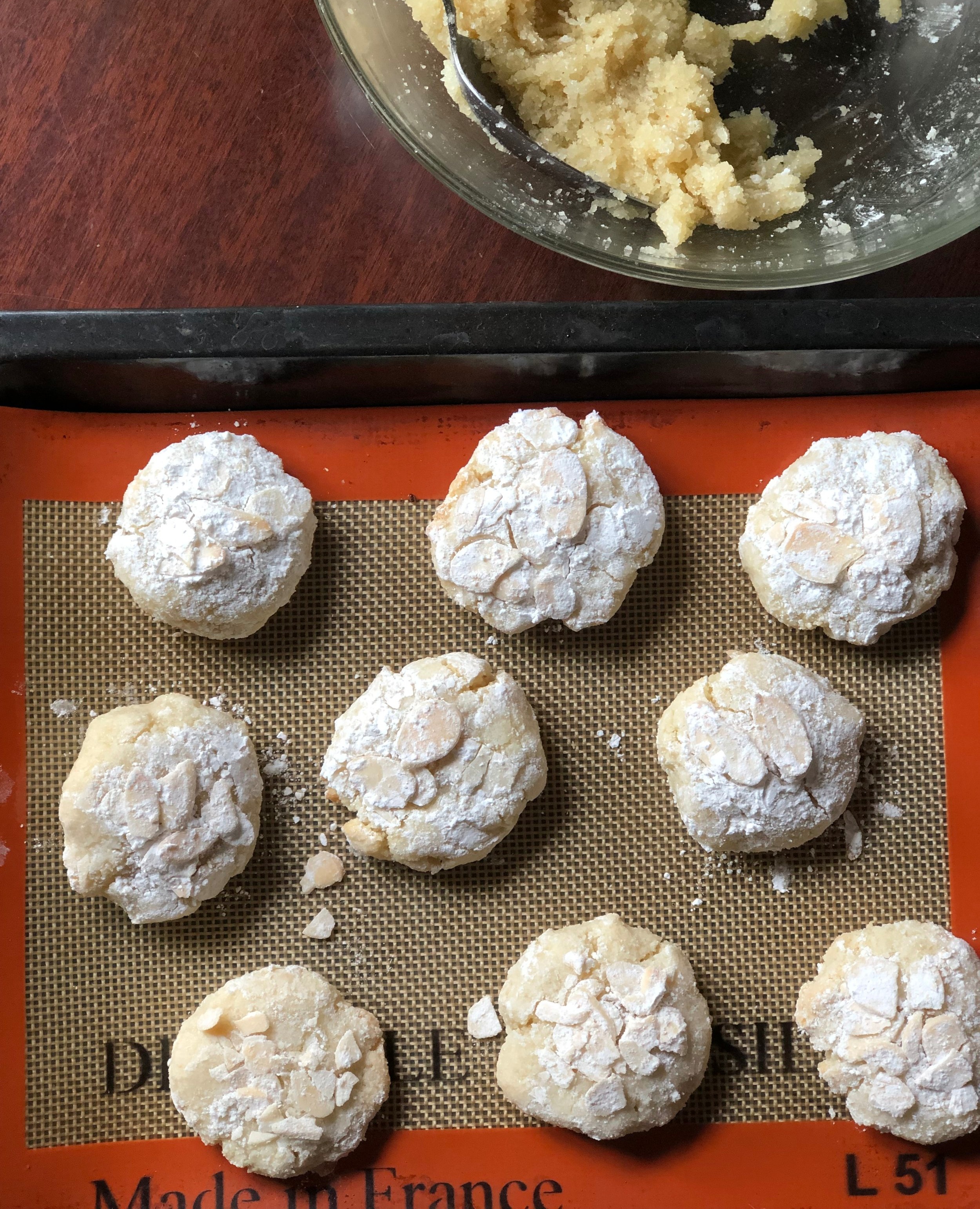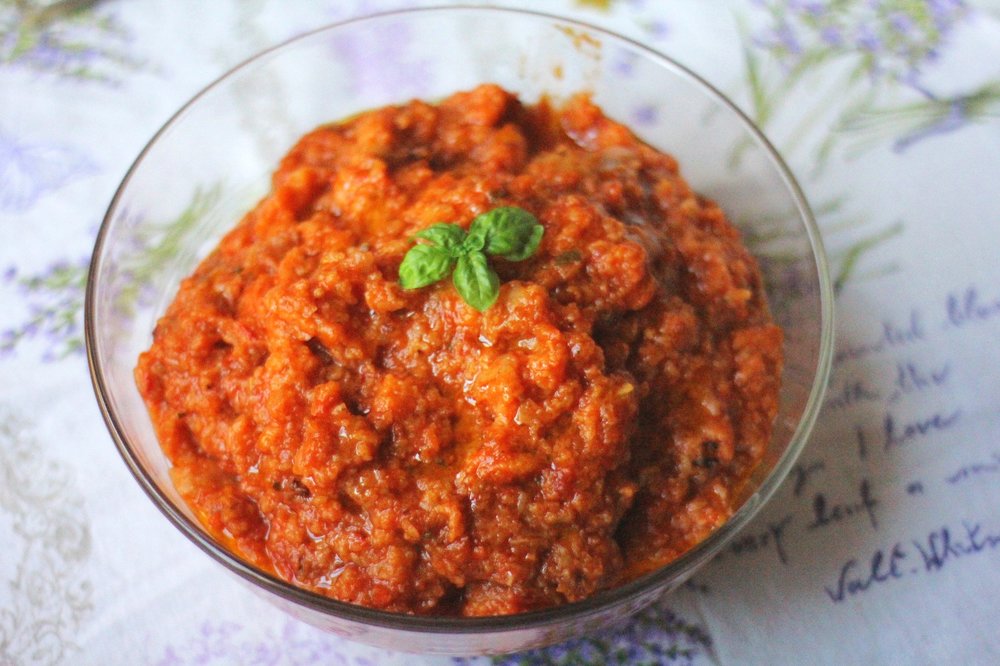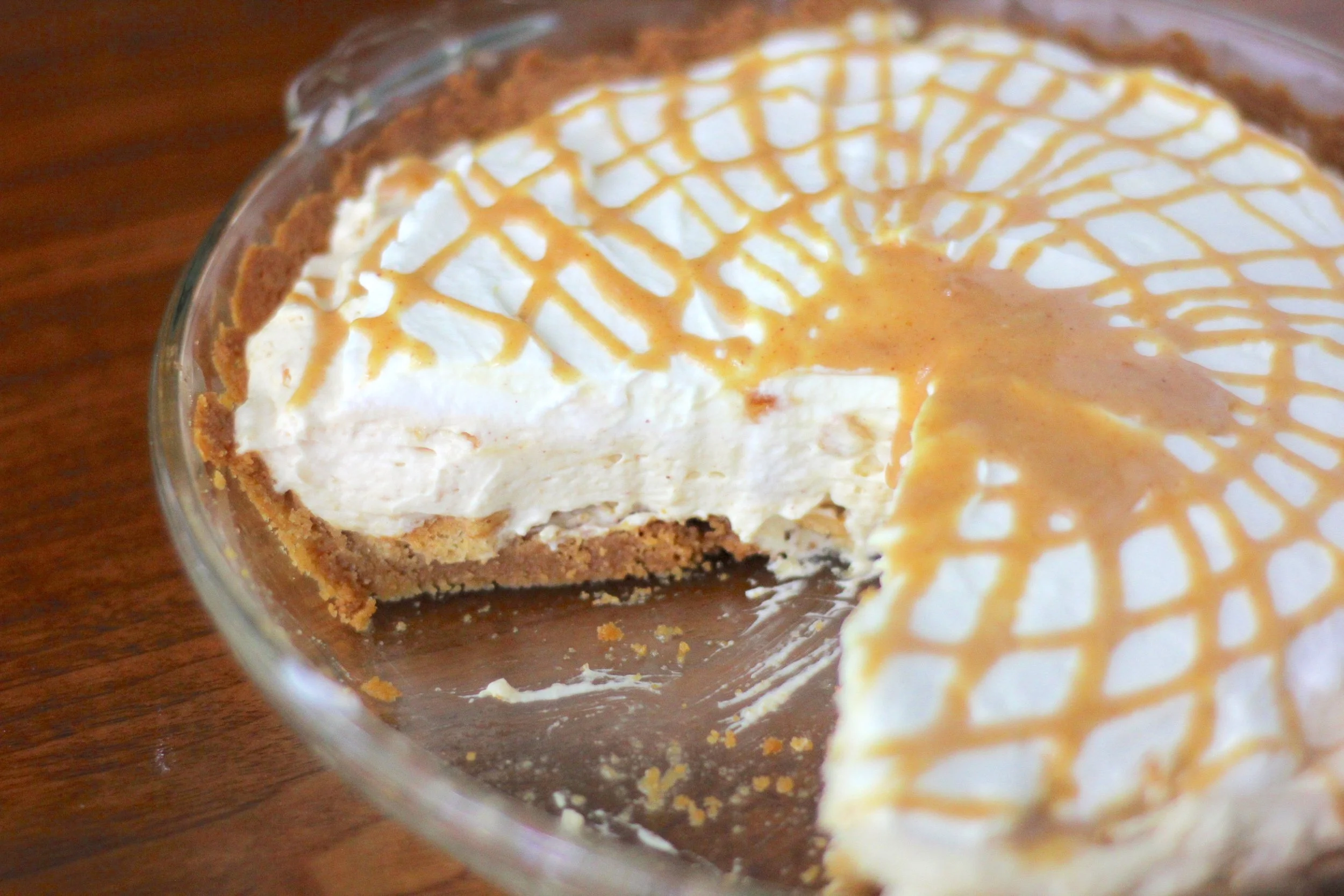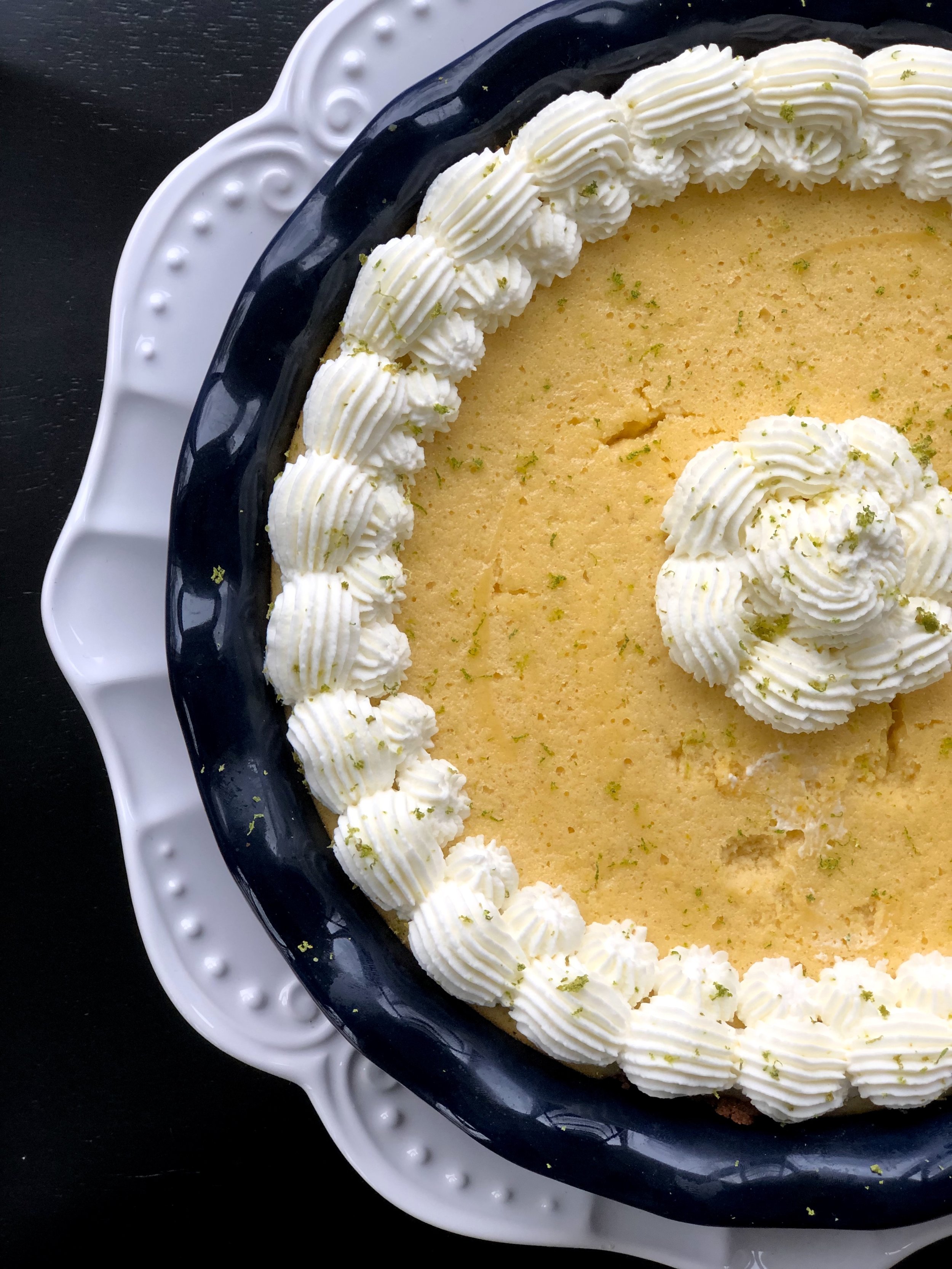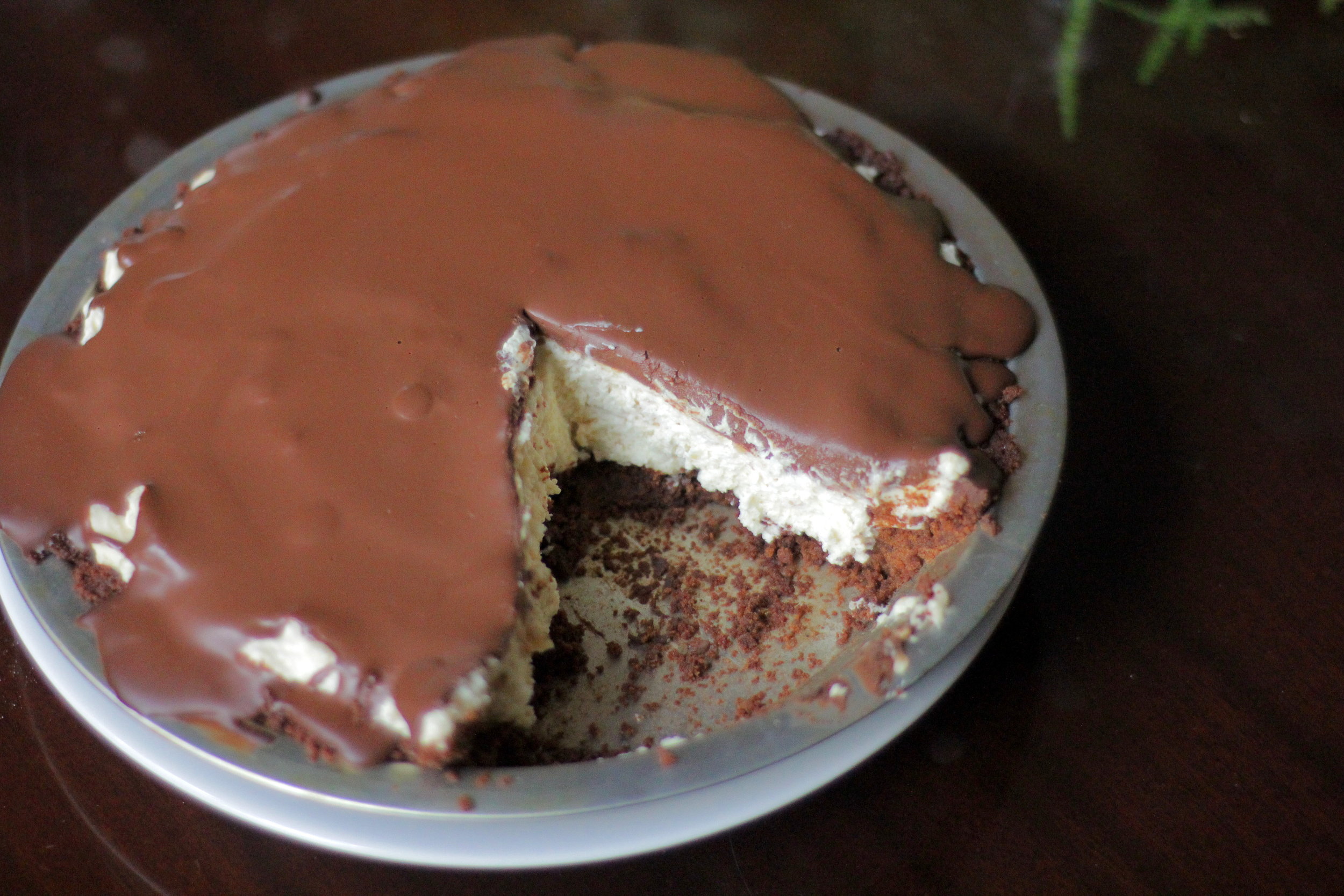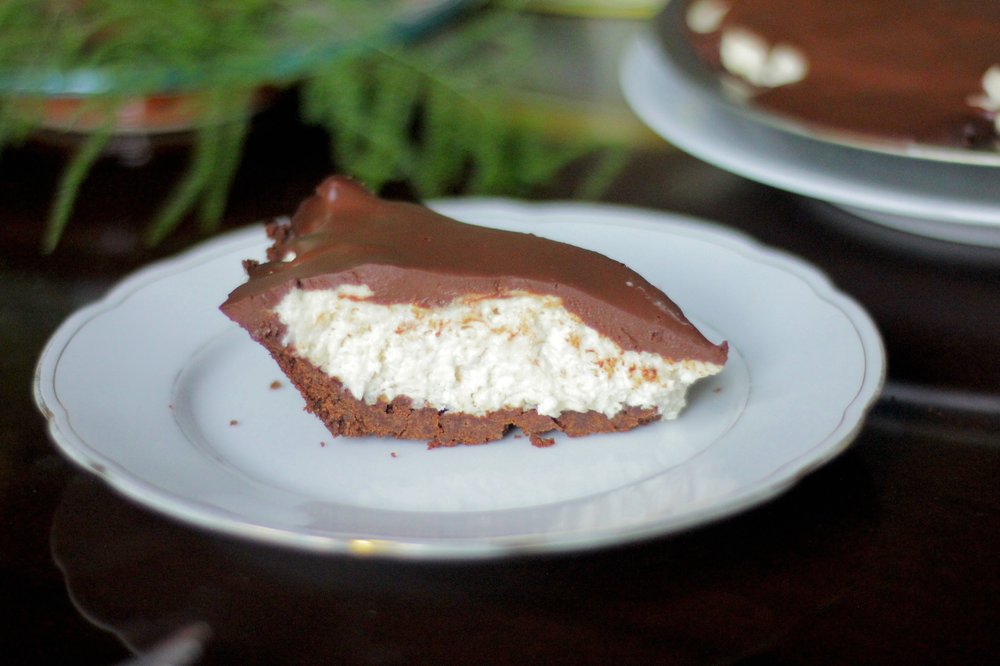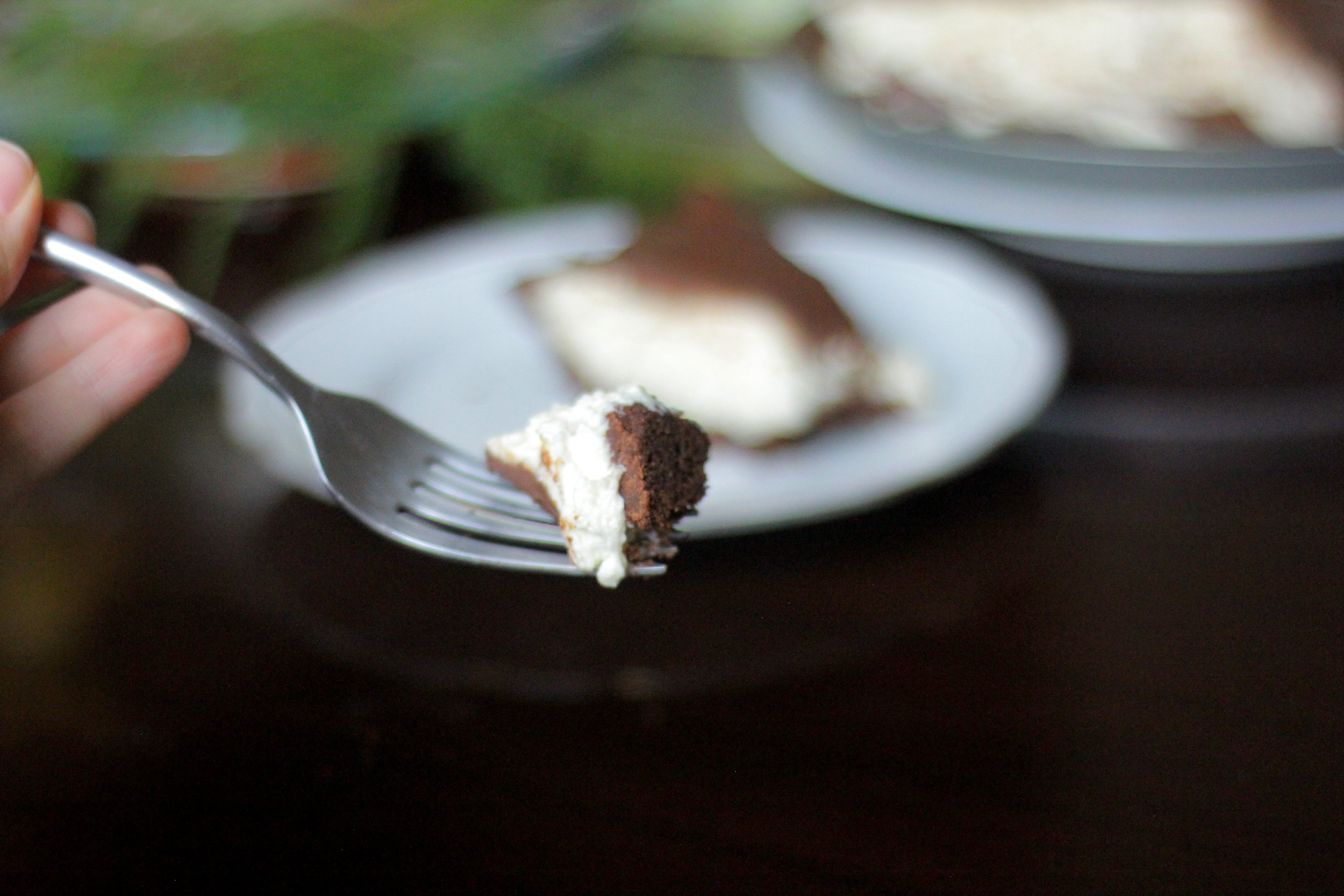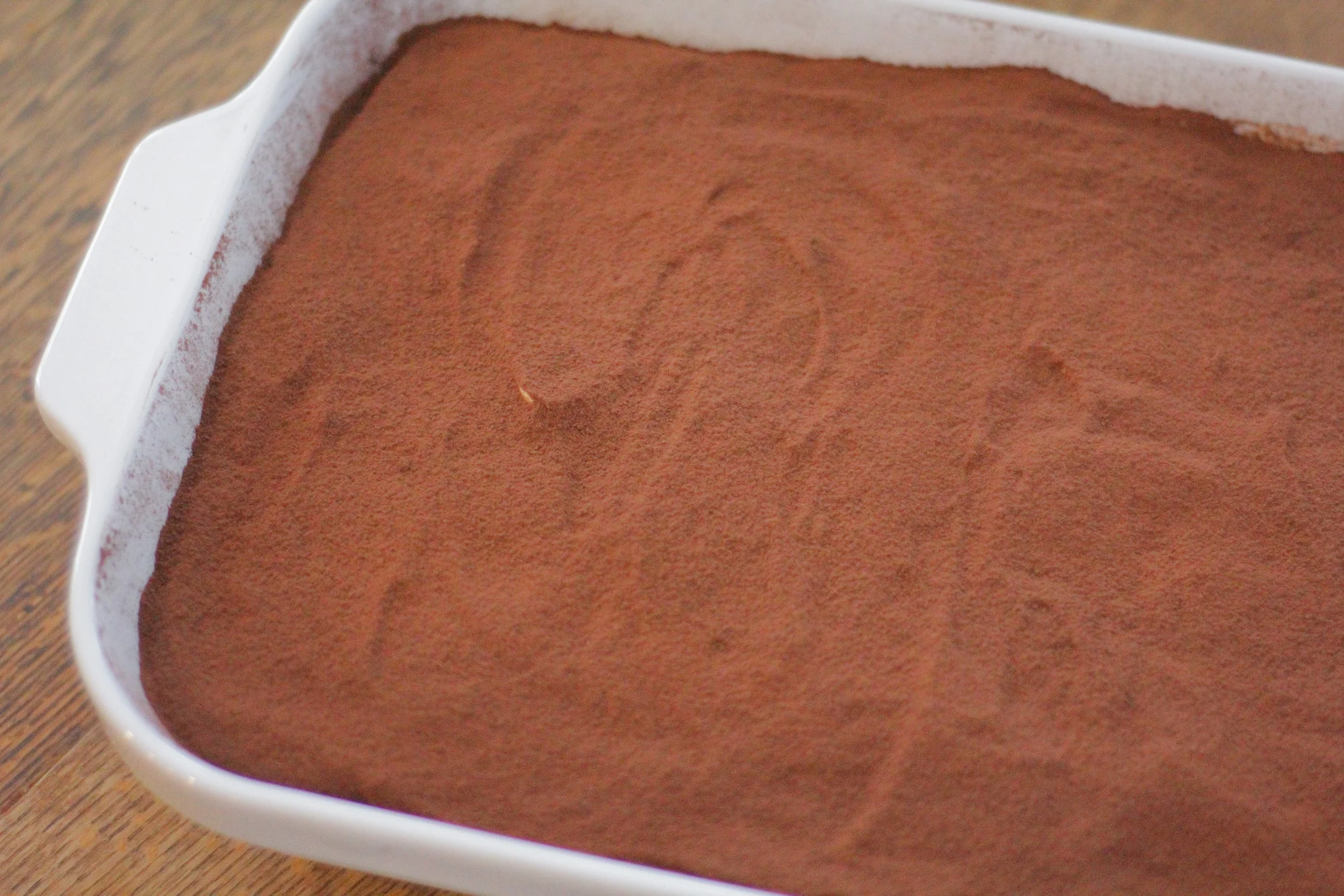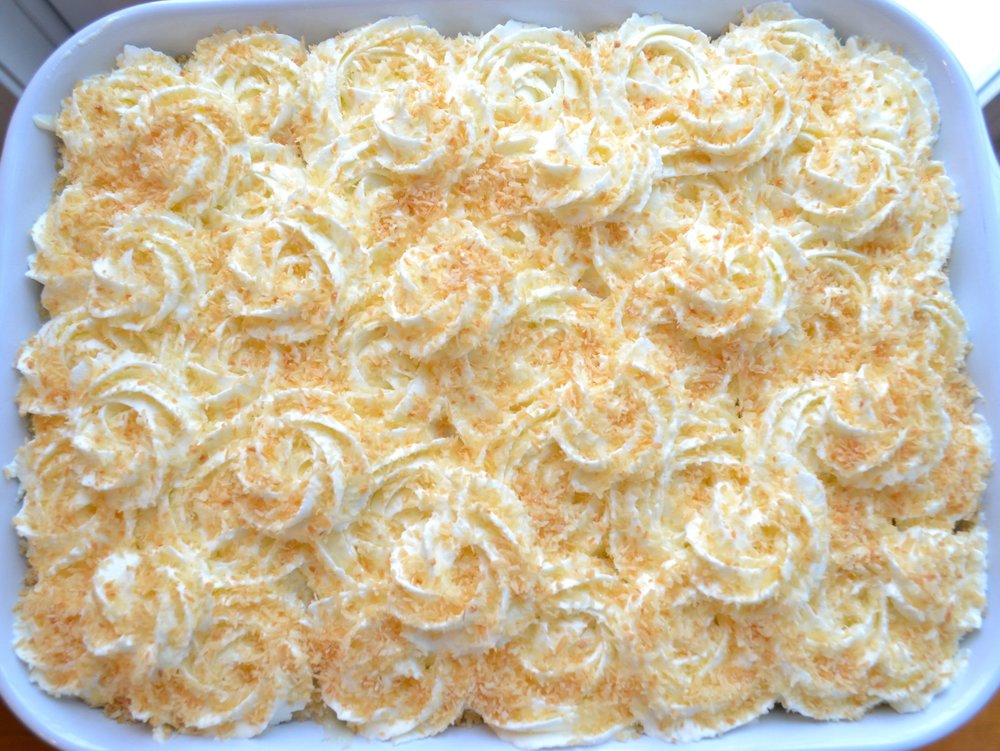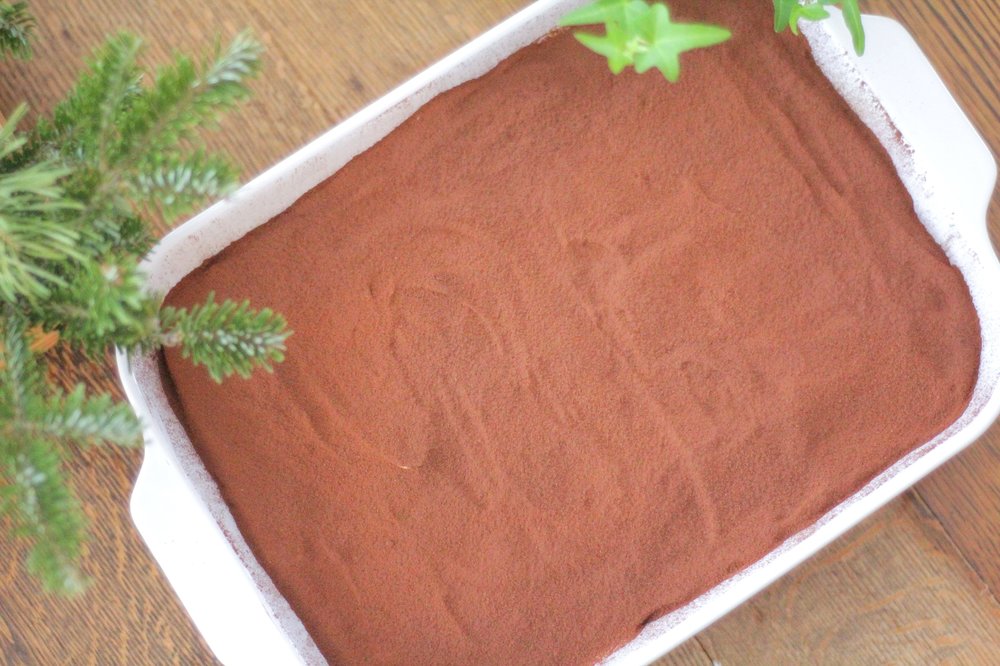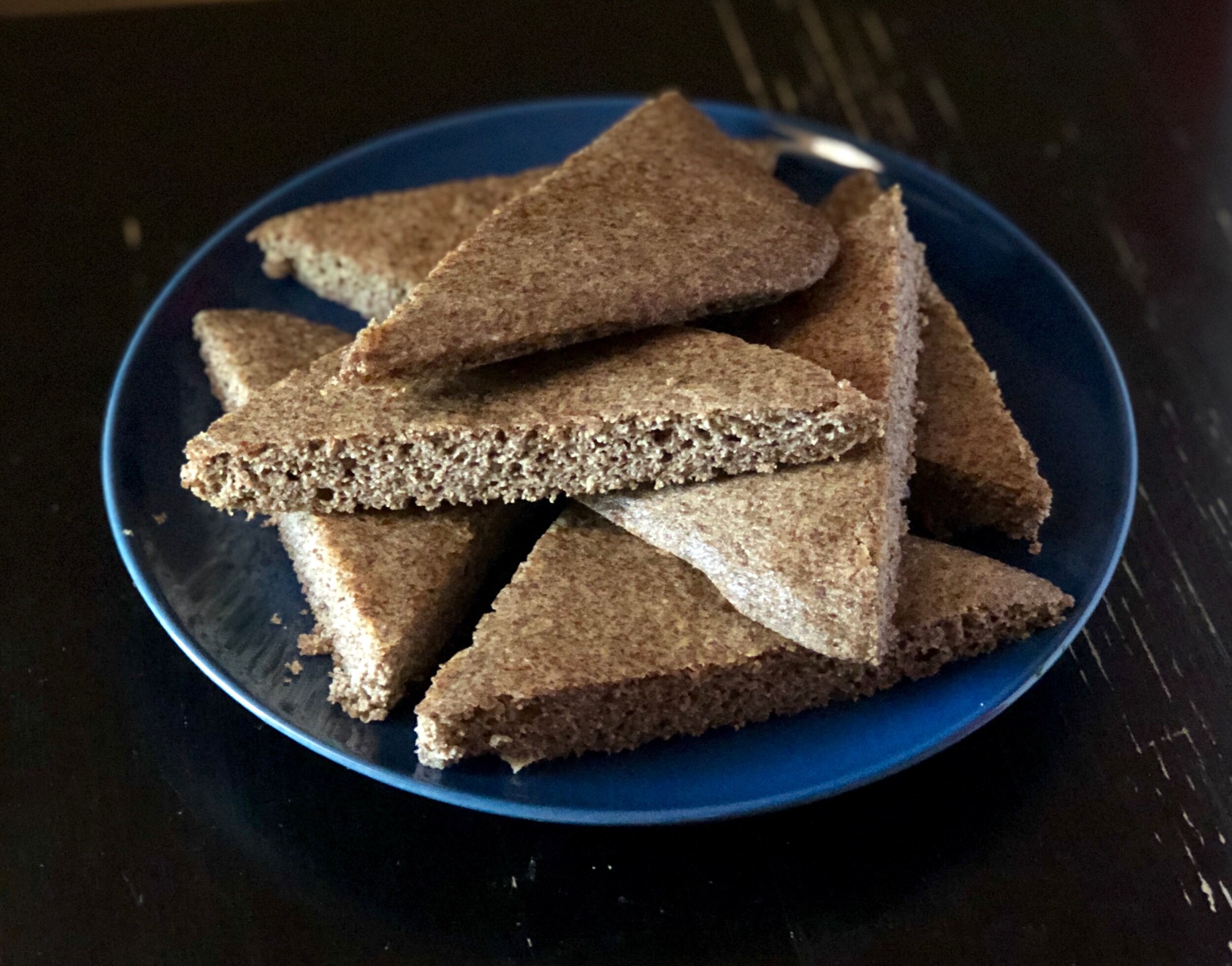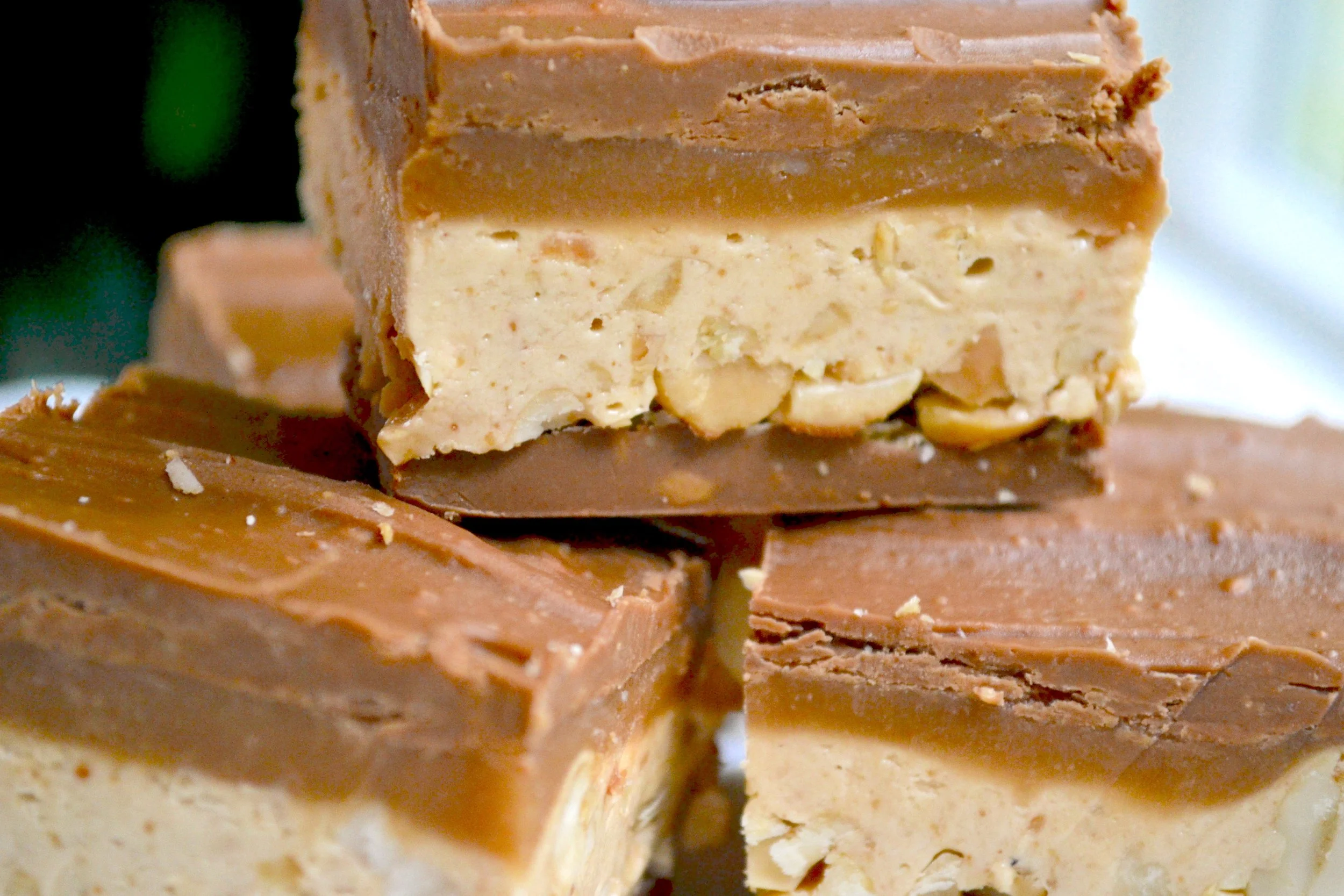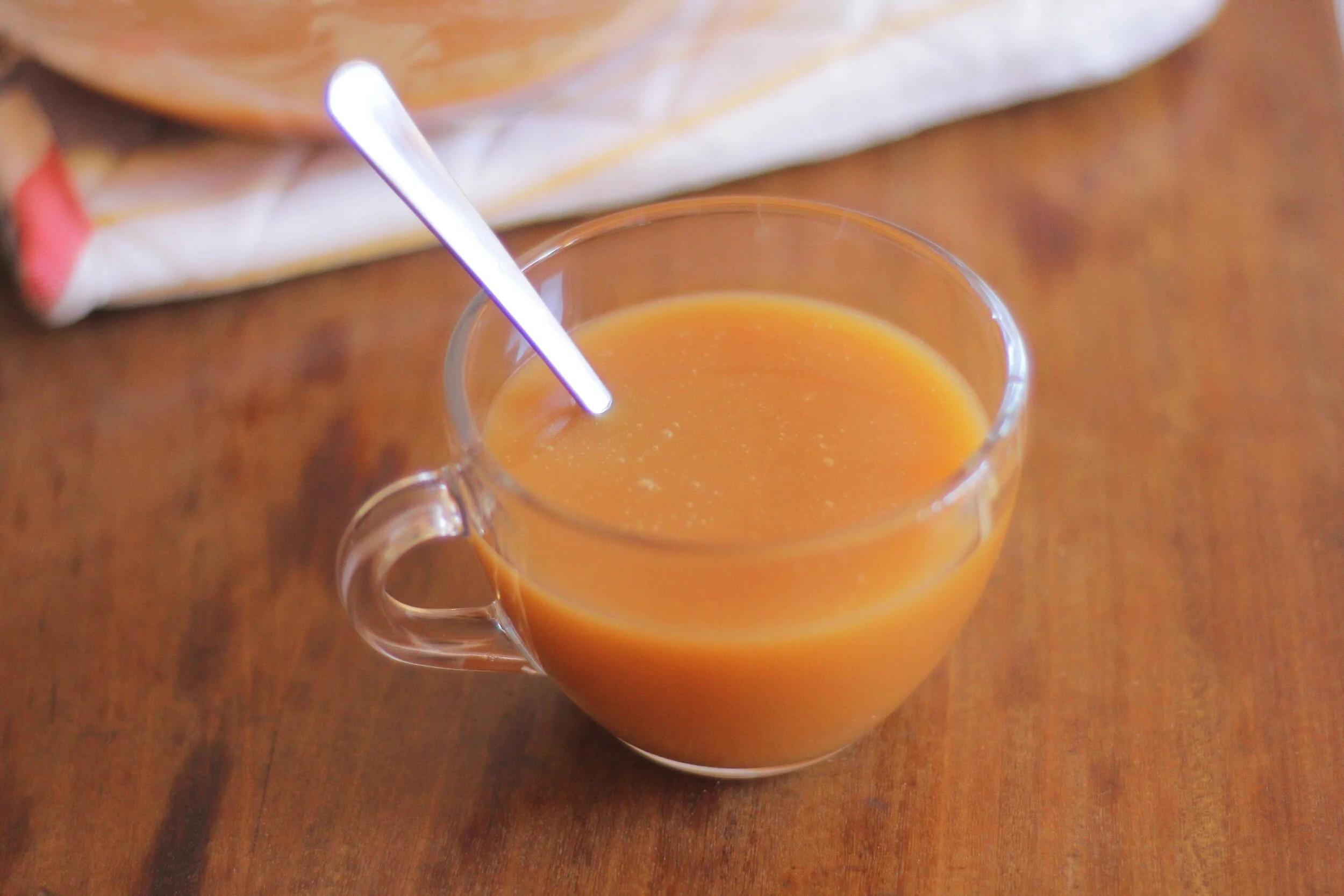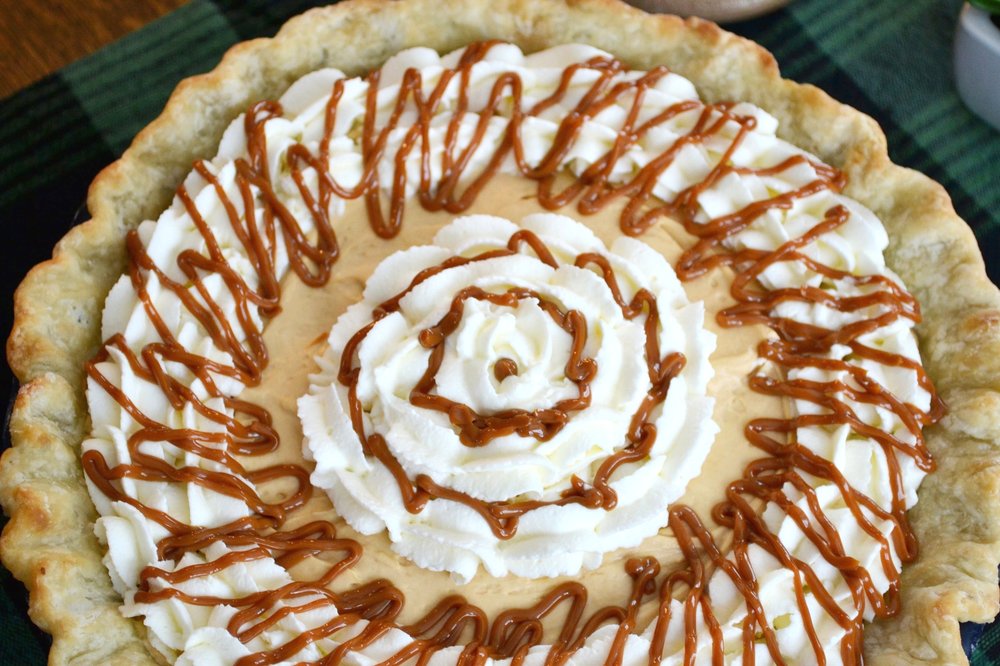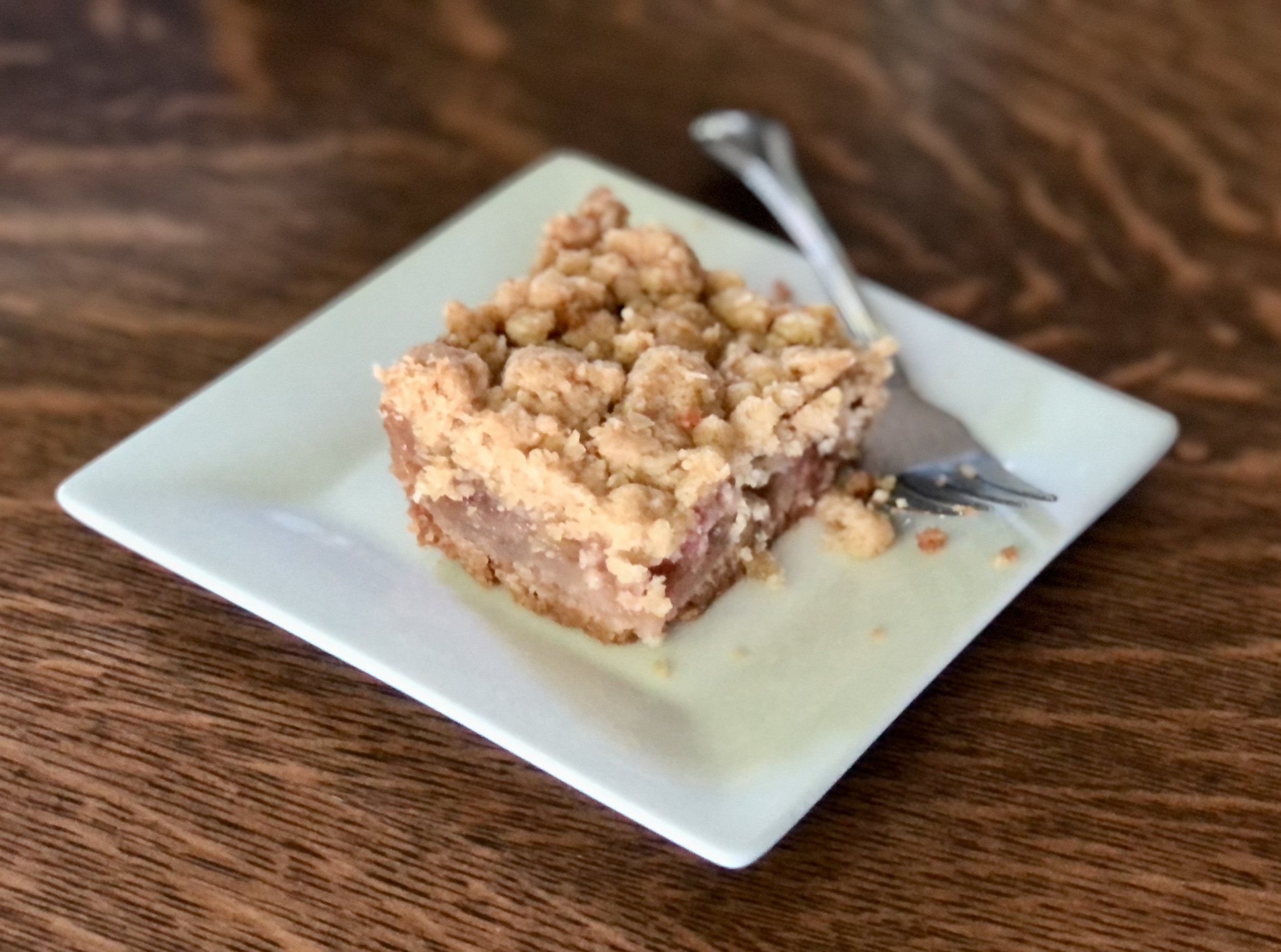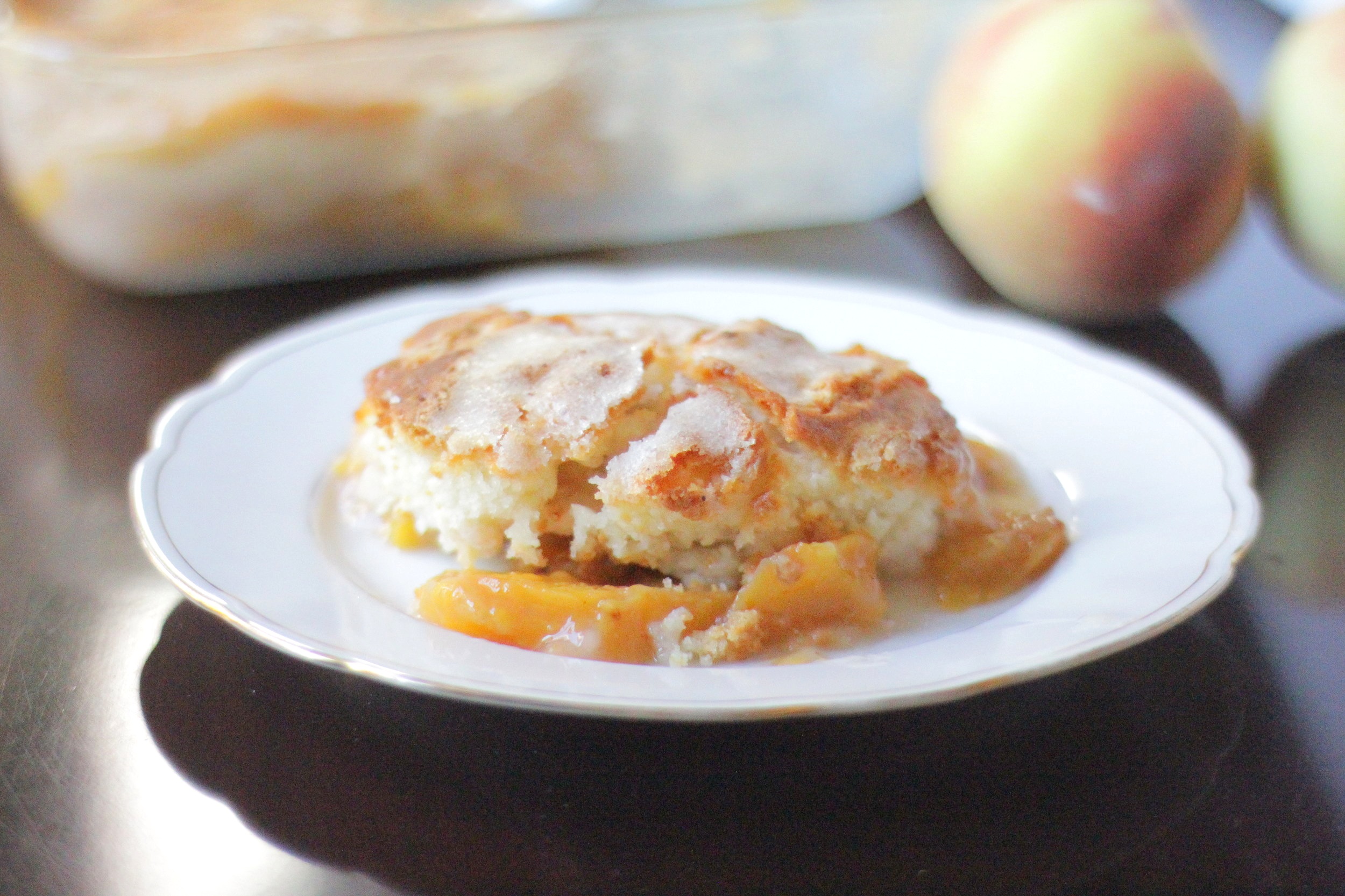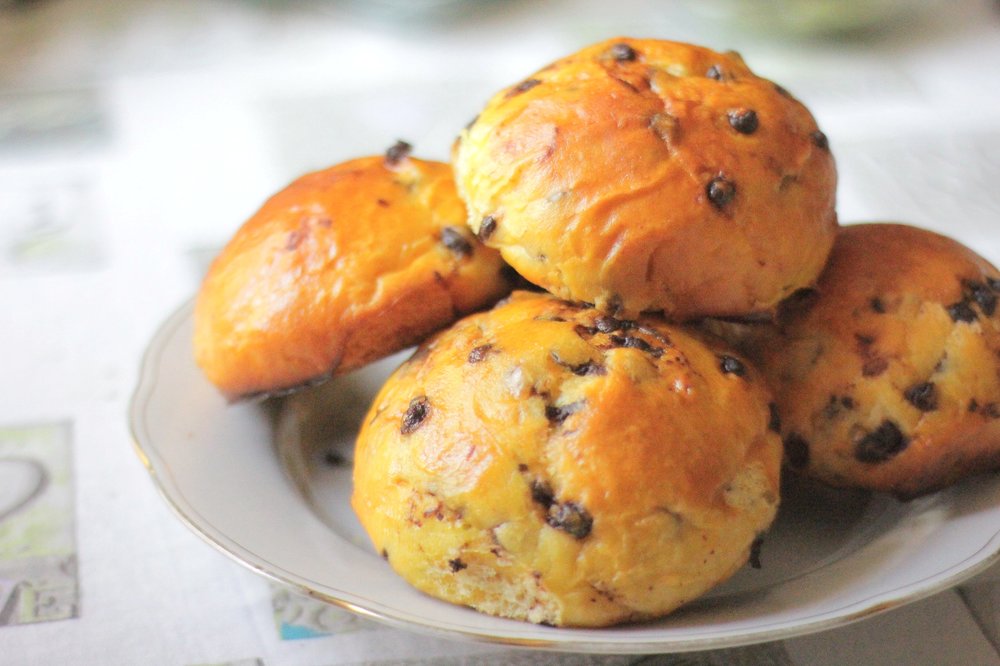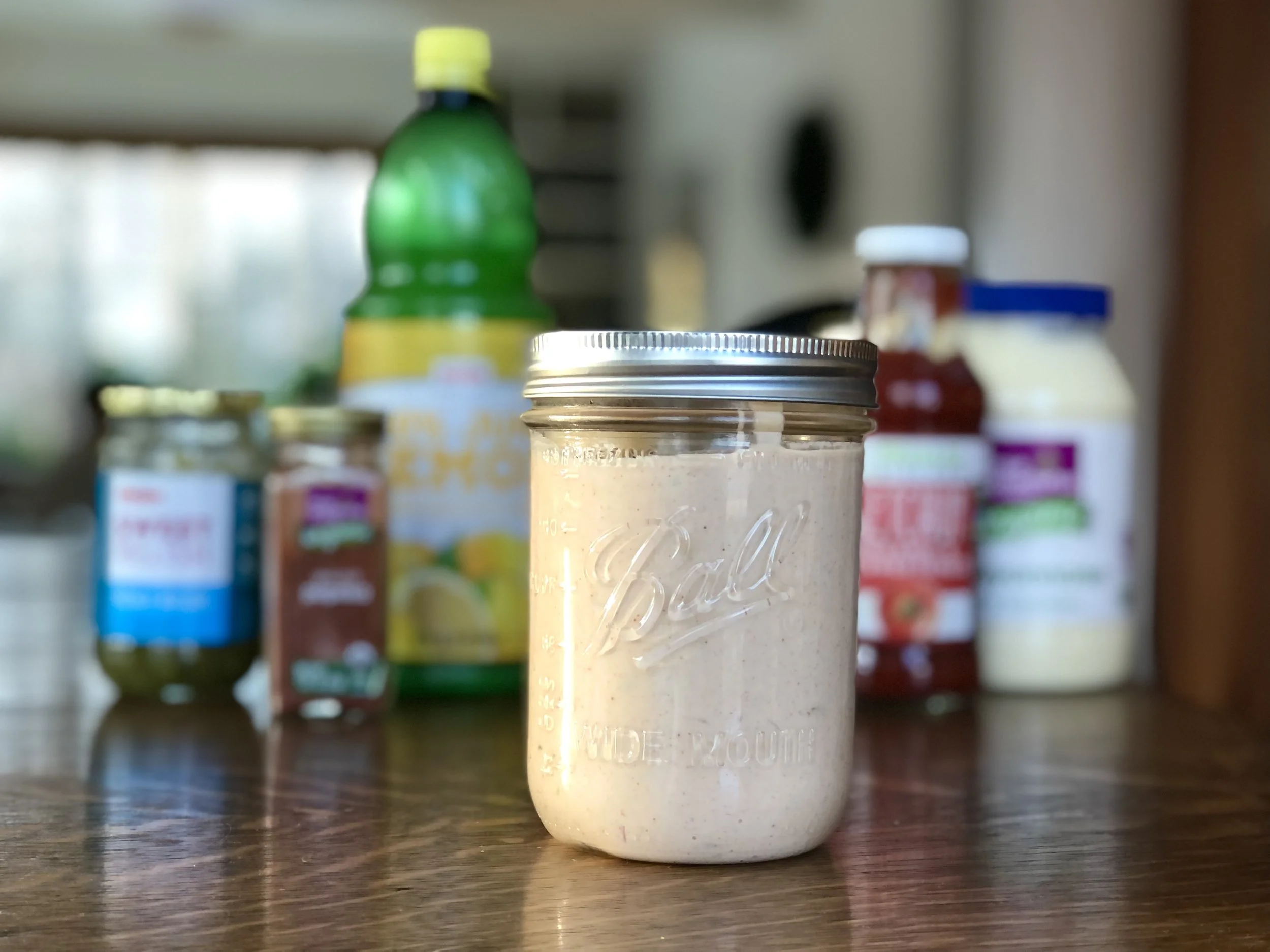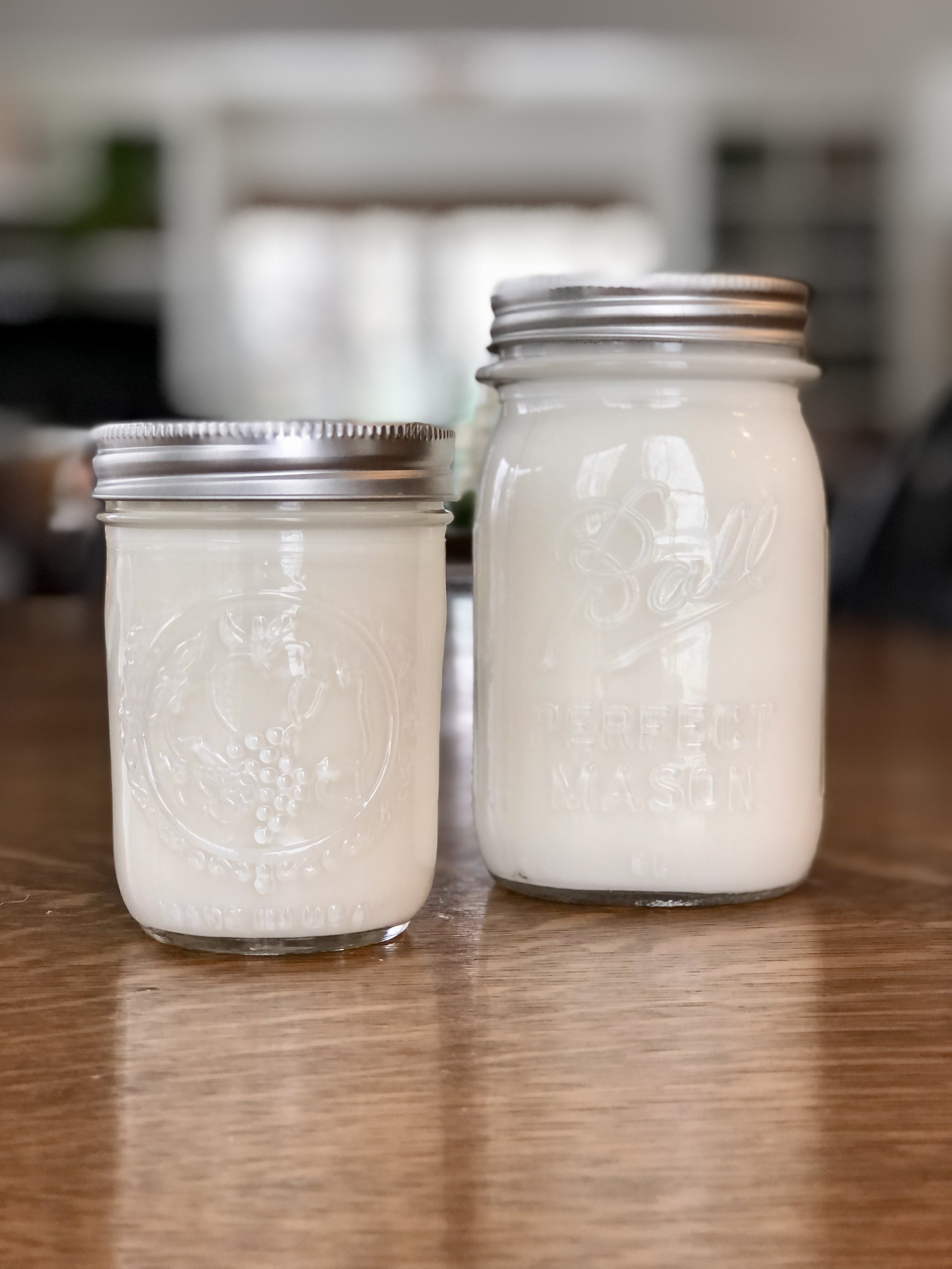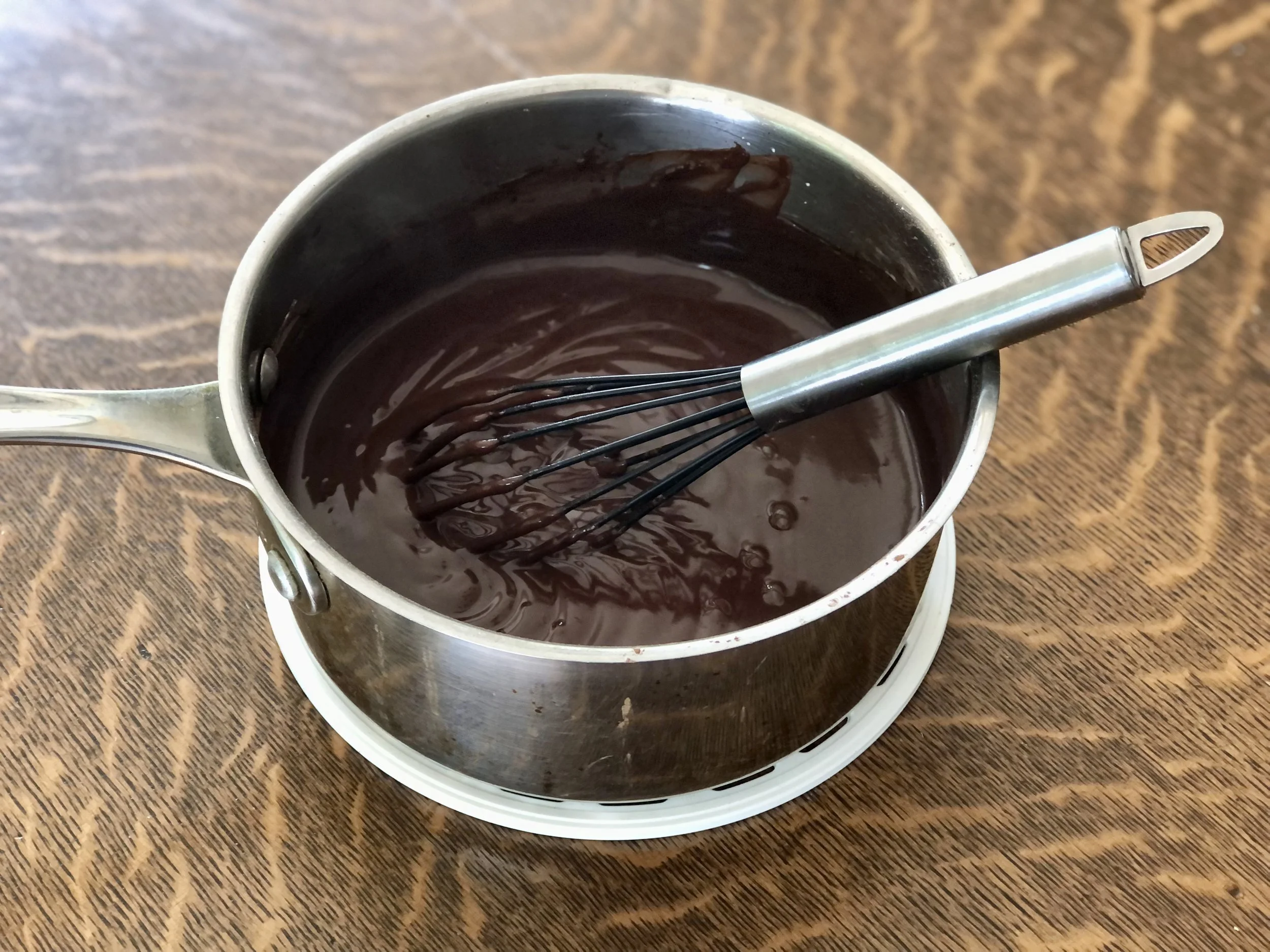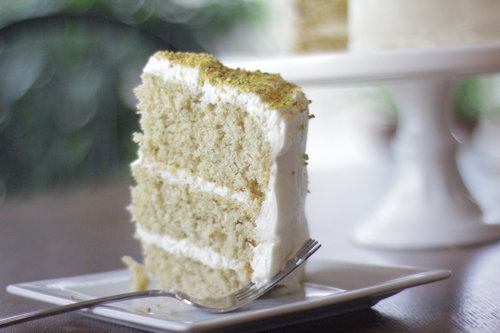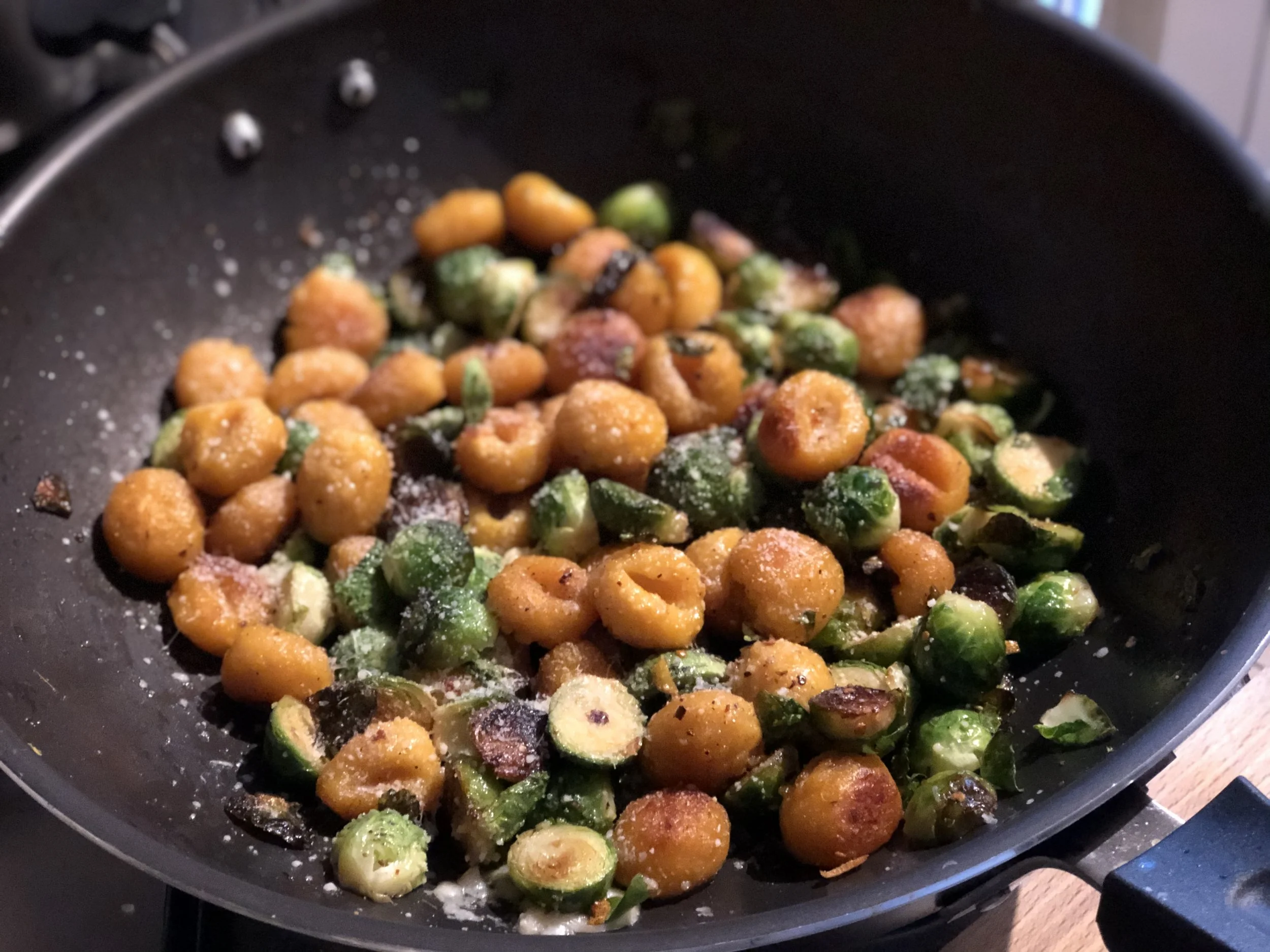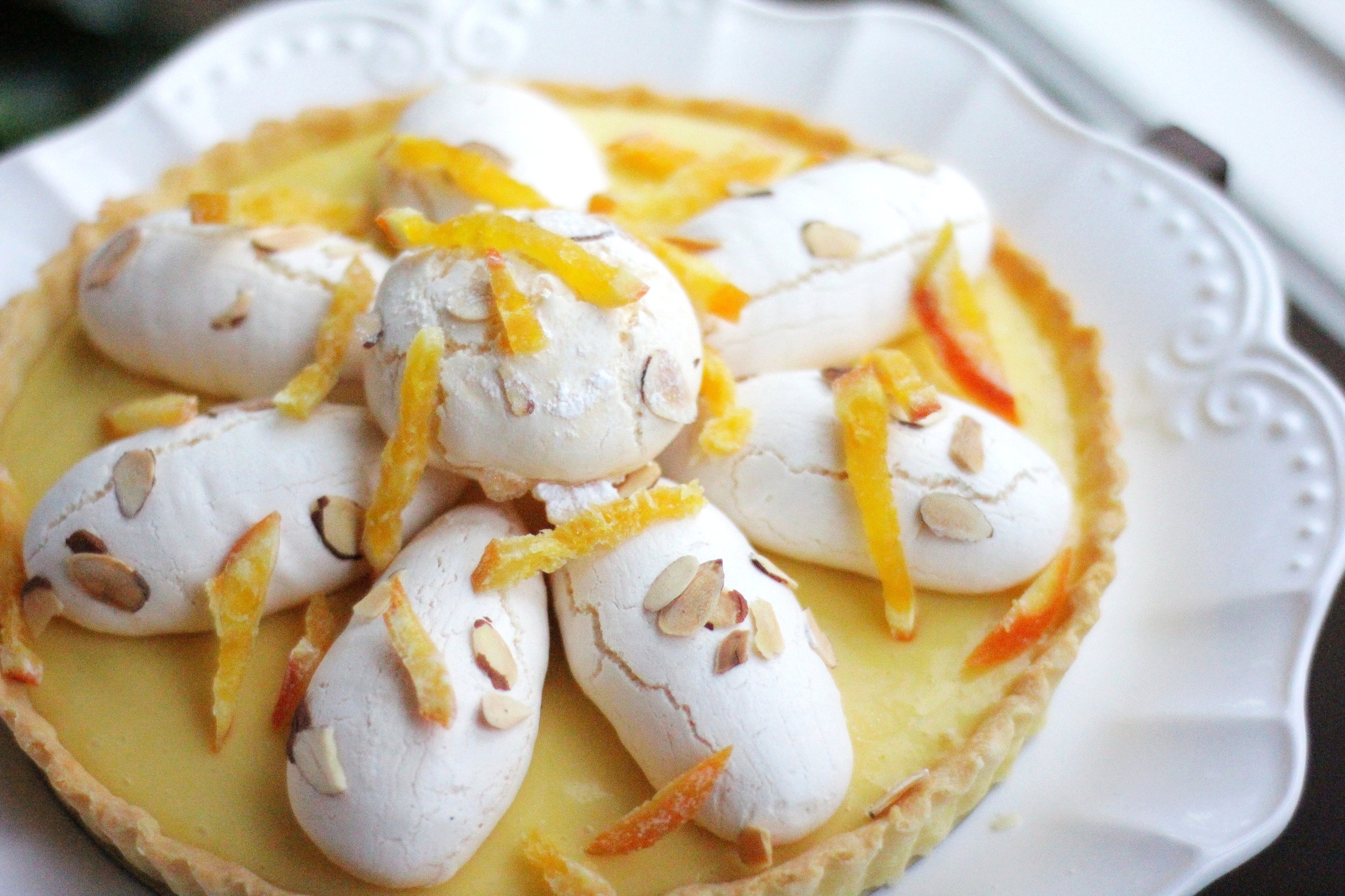Cheesecake Thumbprint Cookies
/Last Updated July 9, 2024
I like cookies. I like cheesecake. What happens when you put them together? These Cheesecake Thumbprint Cookies! Think buttery Graham cracker cookies with a creamy, dreamy cheesecake center.
You know what's great about this recipe? Besides being delicious, of course, is that it calls for one sleeve of graham crackers. Boxes of Graham crackers usually come with 3 sleeves. Graham cracker crusts for pies usually call for 2 sleeves. What to do with the remaining sleeve if you don’t want to eat it? Make these Cheesecake Cookies! They look more time consuming to make than they really are, it's pretty straightforward. So let's get to it!
This post may contain affiliate links. If you make a purchase using these links, Jennyblogs may receive a small commission, at no extra cost to you. This helps to support Jennyblogs. Where possible, links are prioritized to small businesses and ethically and responsibly made items. For further information see the privacy policy. Grazie!
Cheesecake Thumbprint Cookies
Makes about 20-24 cookies
Ingredients:
For the Graham Cookies
1 1/4 cups / 135g (1 sleeve) finely crushed regular or any flavor graham crackers
3/4 cup / 90g all-purpose flour
1 1/2 teaspoons baking powder
1/2 cup / 113g butter, softened, or 85g oil
1/2 cup / 100g brown sugar
1 egg white
For the Cheesecake Filling
3 ounces / 85g cream cheese, softened
1 egg yolk
1/4 cup / 50g sugar
1 teaspoon / 5g vanilla extract
2 teaspoons lemon zest, optional
Powdered sugar or cocoa powder for sprinkling, optional
Directions:
Oven 350°F / 177°C. Line a cookie sheet with parchment paper or silicone mat.
Make the Graham Cookies
In a large bowl, whisk together graham cracker crumbs, flour, and baking powder.
In the bowl of a stand mixer beat butter or oil with brown sugar. Beat in egg white. Add mixture to graham cracker mixture and mix until combined.
Using a spoon or small cookie scoop, scoop a generous tablespoon worth of dough onto prepared cookie sheet. If dough seems too soft to easily hold its shape, add a bit more flour. Repeat until all the dough has been scooped onto the cookie sheet, evenly spaced at least 1” apart. Gently roll each piece into a ball.
Make the Cheesecake Filling
In the clean bowl of a stand mixer, beat cream cheese until smooth. Add sugar, egg yolk, vanilla, and zest; beat until smooth.
Press your thumb into each cookie to make a deep well; fill with cream cheese mixture.
Bake 8-11 minutes or until the filling is just set.
Jenny's Notes:
Try these out with different flavors of graham crackers! I like making these with chocolate graham crackers, see picture!
Regular sugar can be substituted for the brown sugar with a slightly different texture for the cookie. Not bad, just slightly different. Or add a teaspoon or two of molasses to 1/2 cup regular sugar and mix before adding to the recipe.
You can fill the cookies right to the top with the cream cheese as the filling shouldn't do more than puff a bit in the oven.
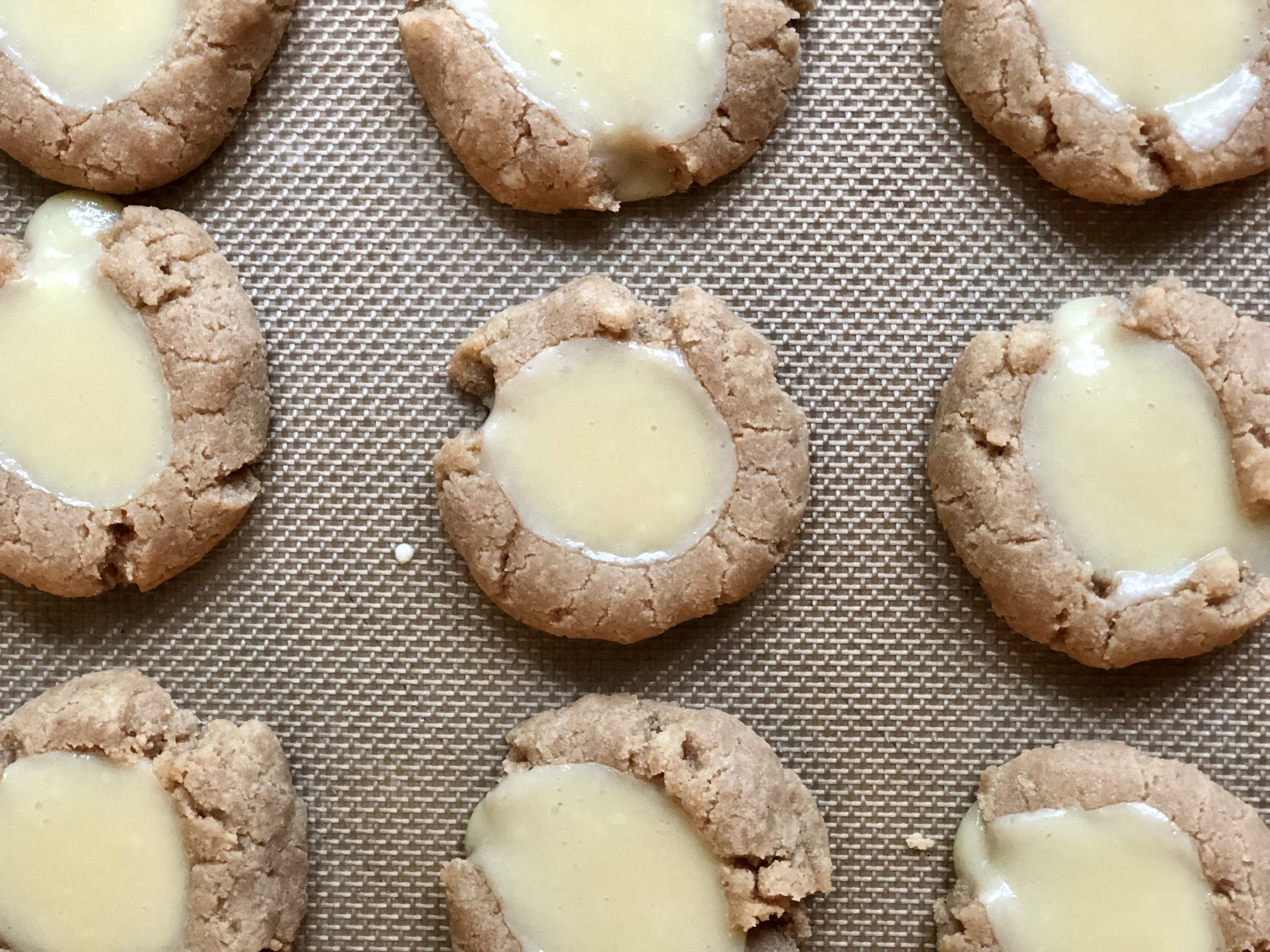
Chocolate Cheesecake Cookies
Ingredients
Instructions
- Oven 350°F / 177°C. Line a cookie sheet with parchment or silicone mat.
- In a large bowl, whisk together graham cracker crumbs, flour, and baking powder.
- In the bowl of a stand mixer beat butter or oil with brown sugar. Beat in egg white. Add mixture to graham cracker mixture and mix until combined.
- Using a spoon or small cookie scoop, scoop a generous tablespoon worth of dough onto prepared cookie sheet. If dough seems too soft to easily hold its shape, add a bit more flour. Repeat until all the dough has been scooped onto the cookie sheet, evenly spaced at least 1” apart. Gently roll each piece into a ball.
- In the clean bowl of a stand mixer, beat cream cheese until smooth. Add sugar, egg yolk, vanilla, and zest; beat until smooth.
- Press your thumb into each cookie to make a deep well; fill with cream cheese mixture.
- Bake 8-11 minutes or until the filling is just set.
Notes
- Try these out with different flavors of graham crackers! I like making these with chocolate graham crackers, see picture!
- Regular sugar can be substituted for the brown sugar with a slightly different texture for the cookie. Not bad, just slightly different. Or add a teaspoon or two of molasses to 1/2 cup regular sugar and mix before adding to the recipe.
- You can fill the cookies right to the top with the cream cheese as the filling shouldn't do more than puff a bit in the oven.
Nutrition Facts
Calories
111.78Fat
6.07 gSat. Fat
3.44 gCarbs
13.46 gFiber
0.31 gNet carbs
13.15 gSugar
8.41 gProtein
1.29 gSodium
108.74 mgCholesterol
21.56 mgNutritional information is approximate, based on 1 cookie.



